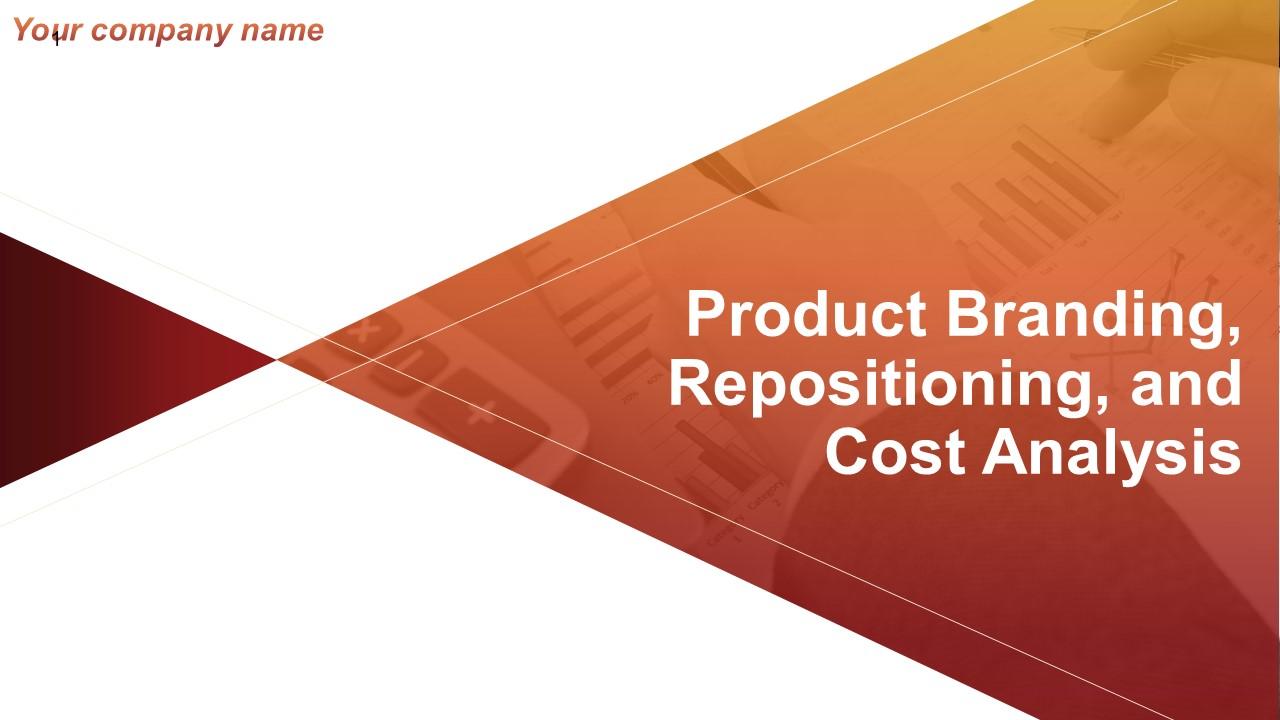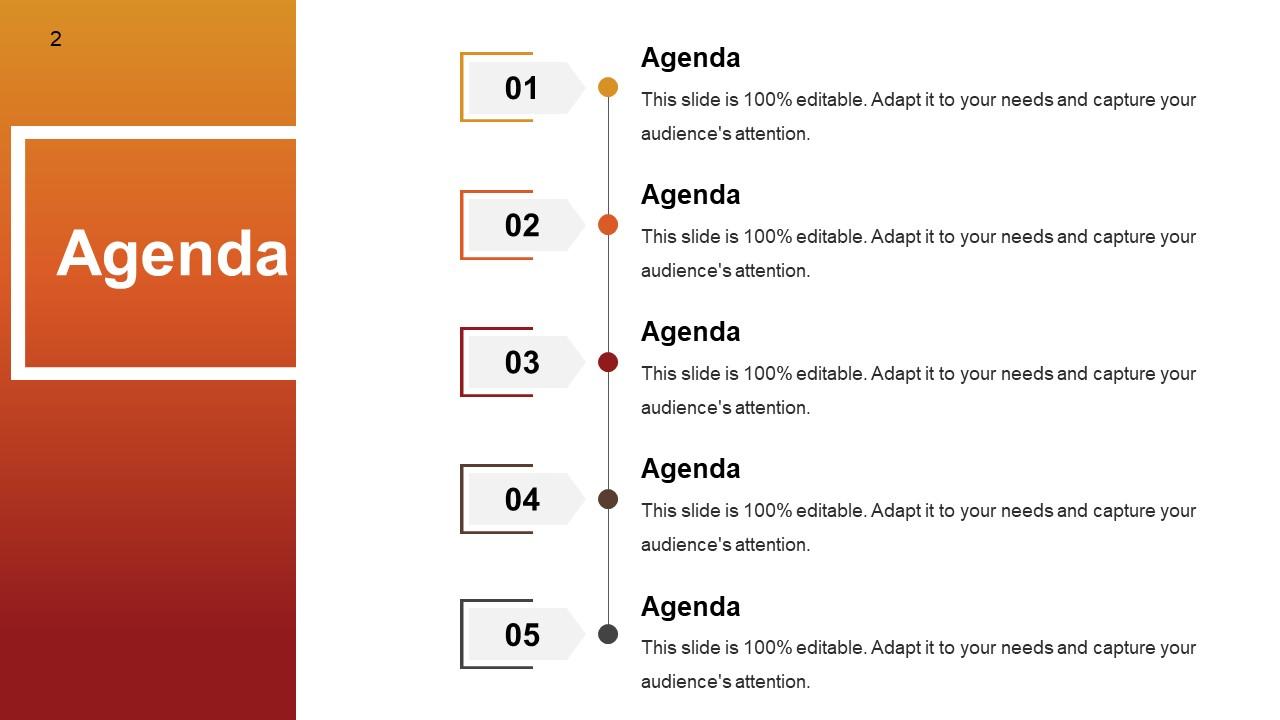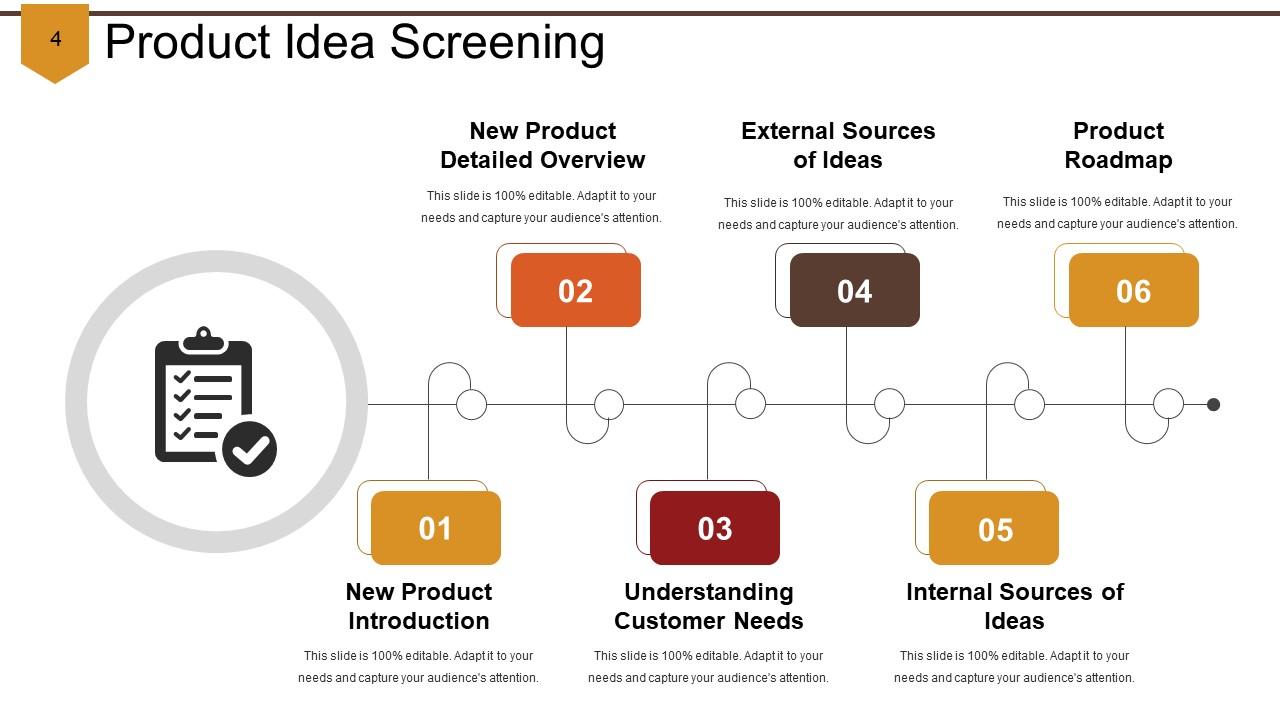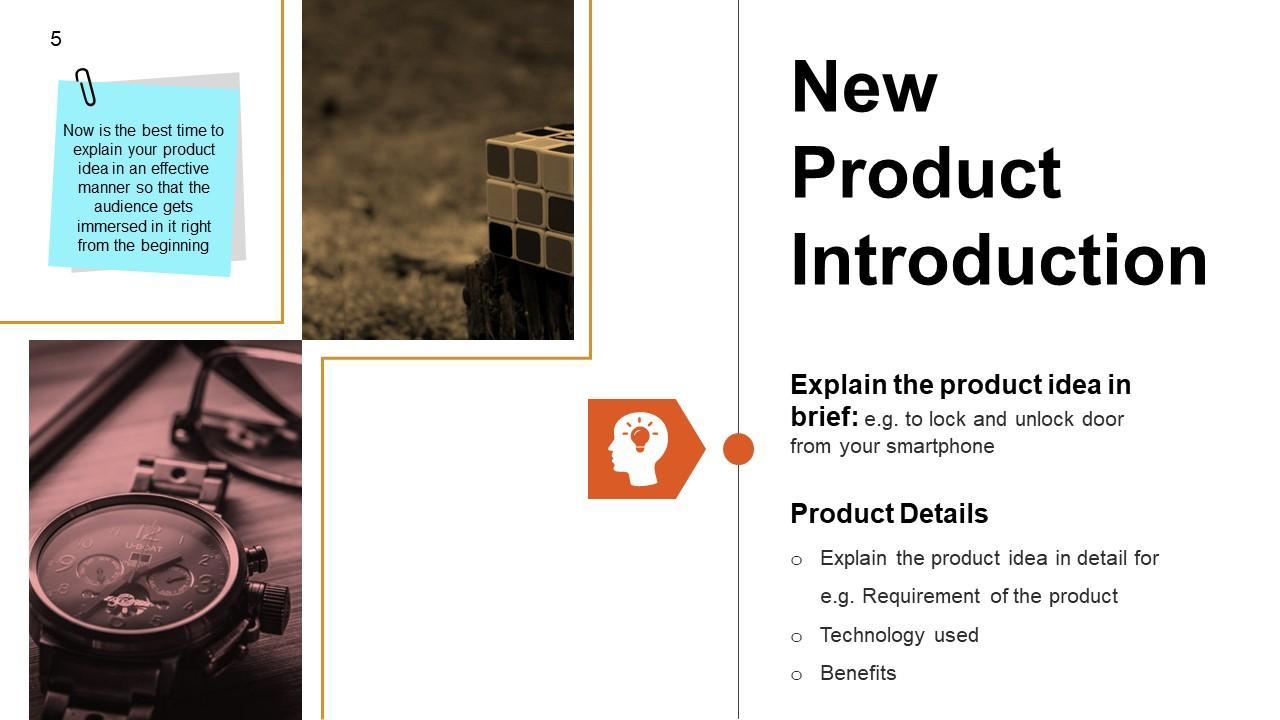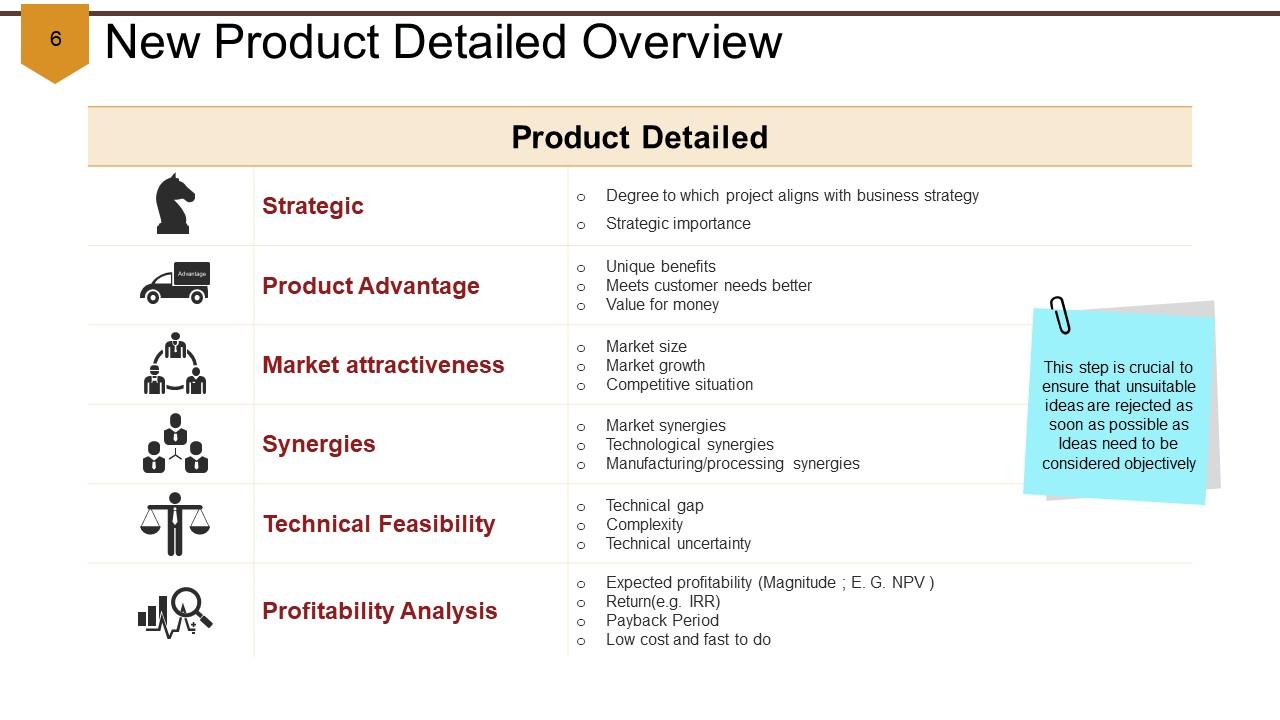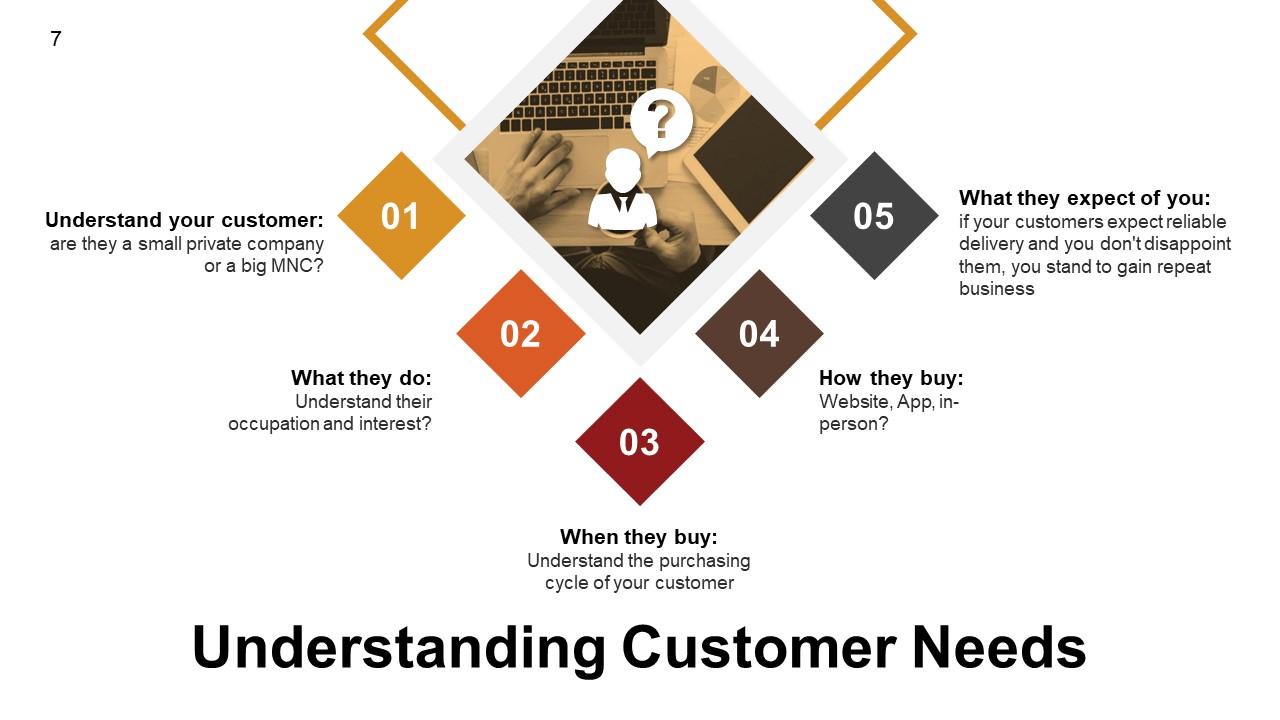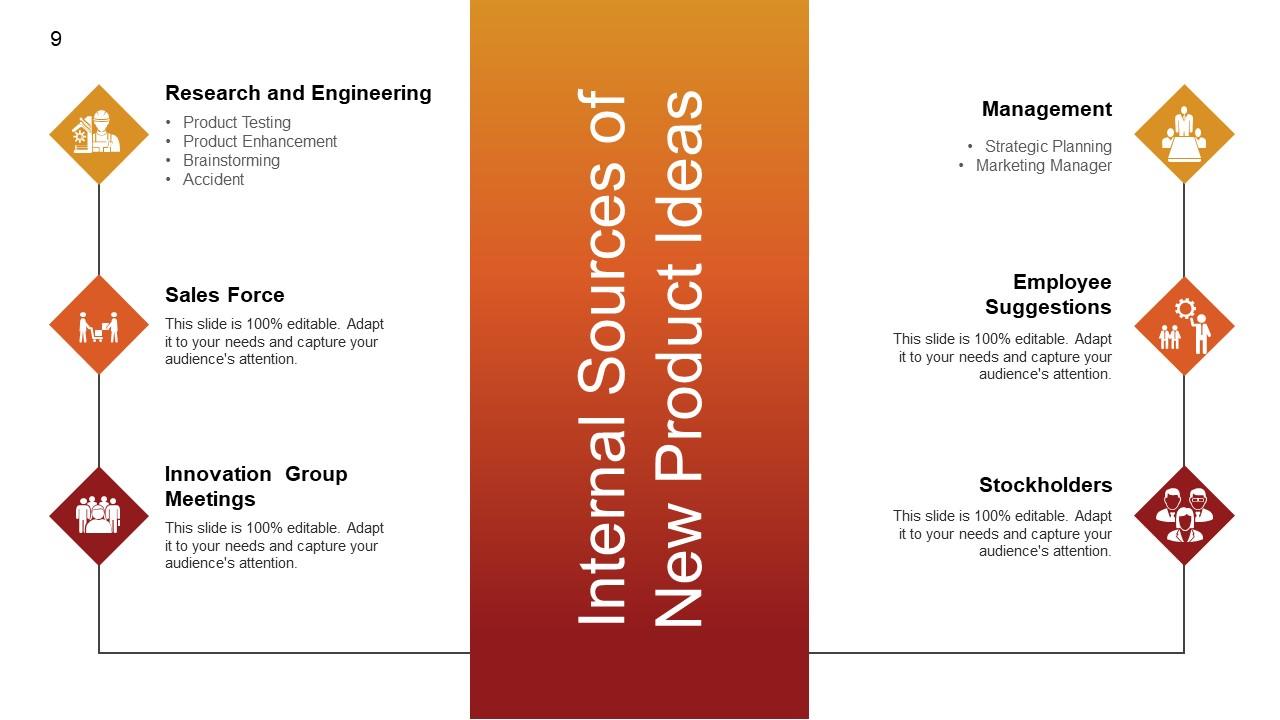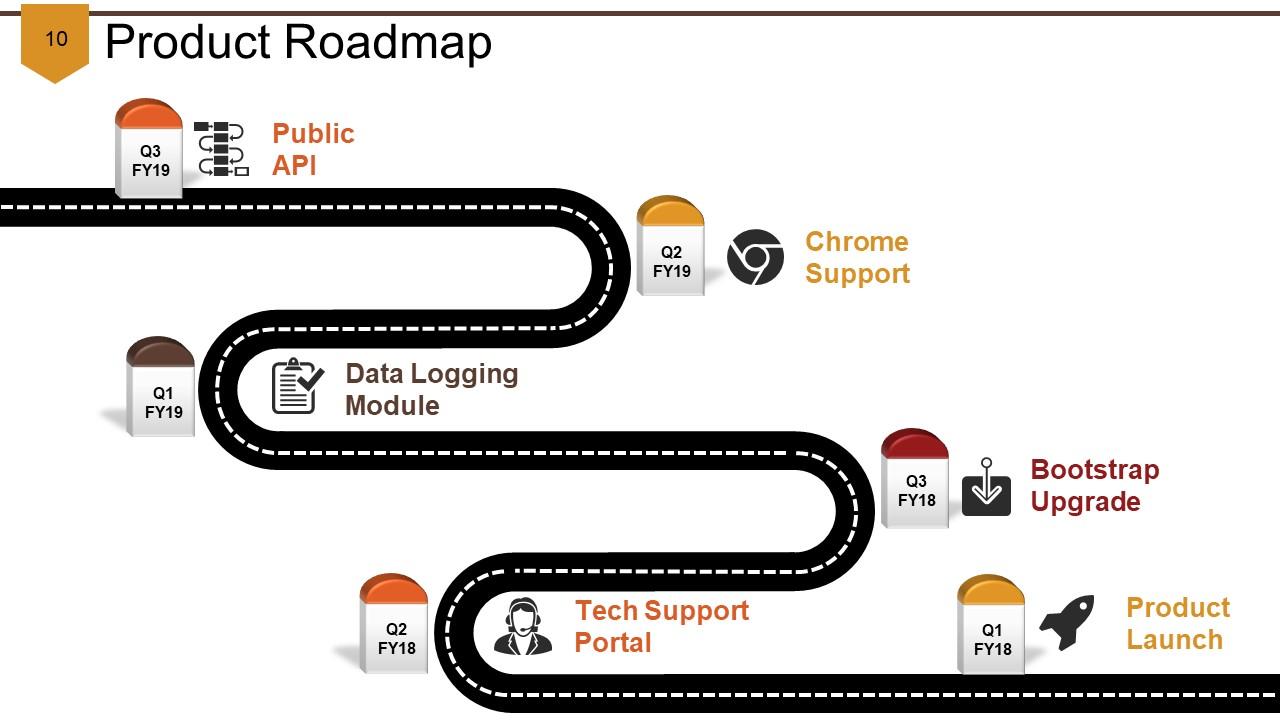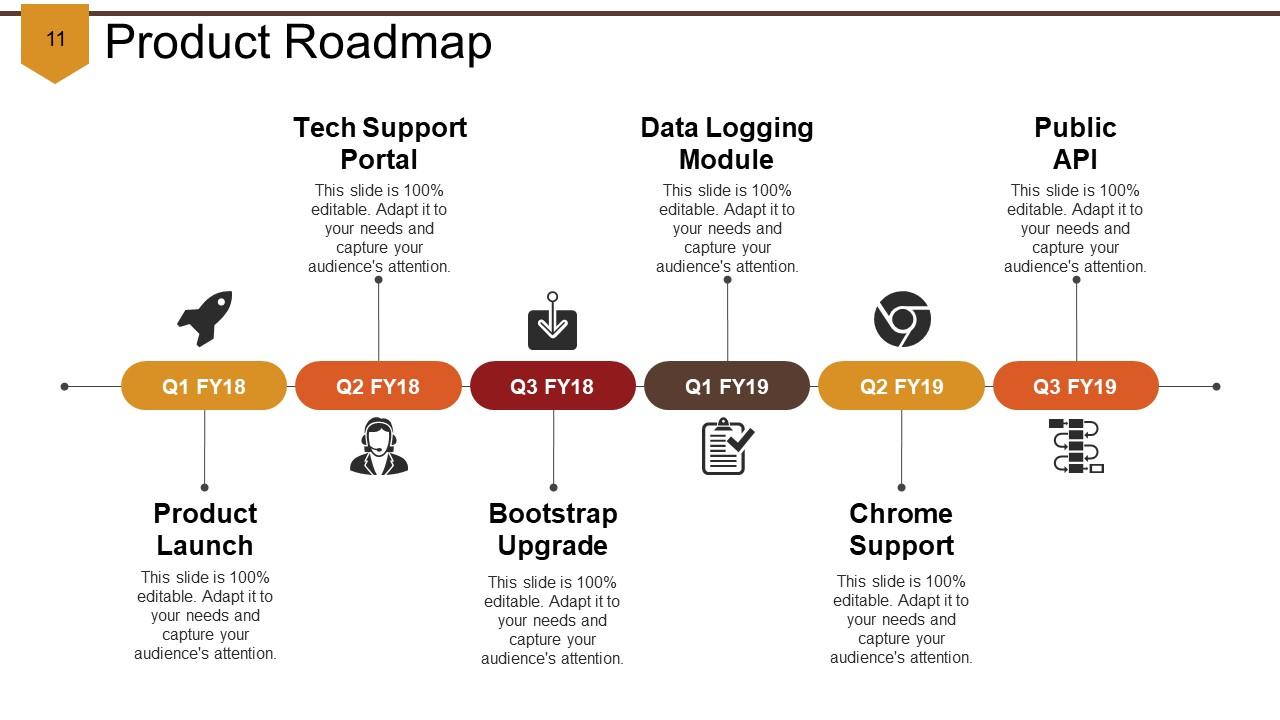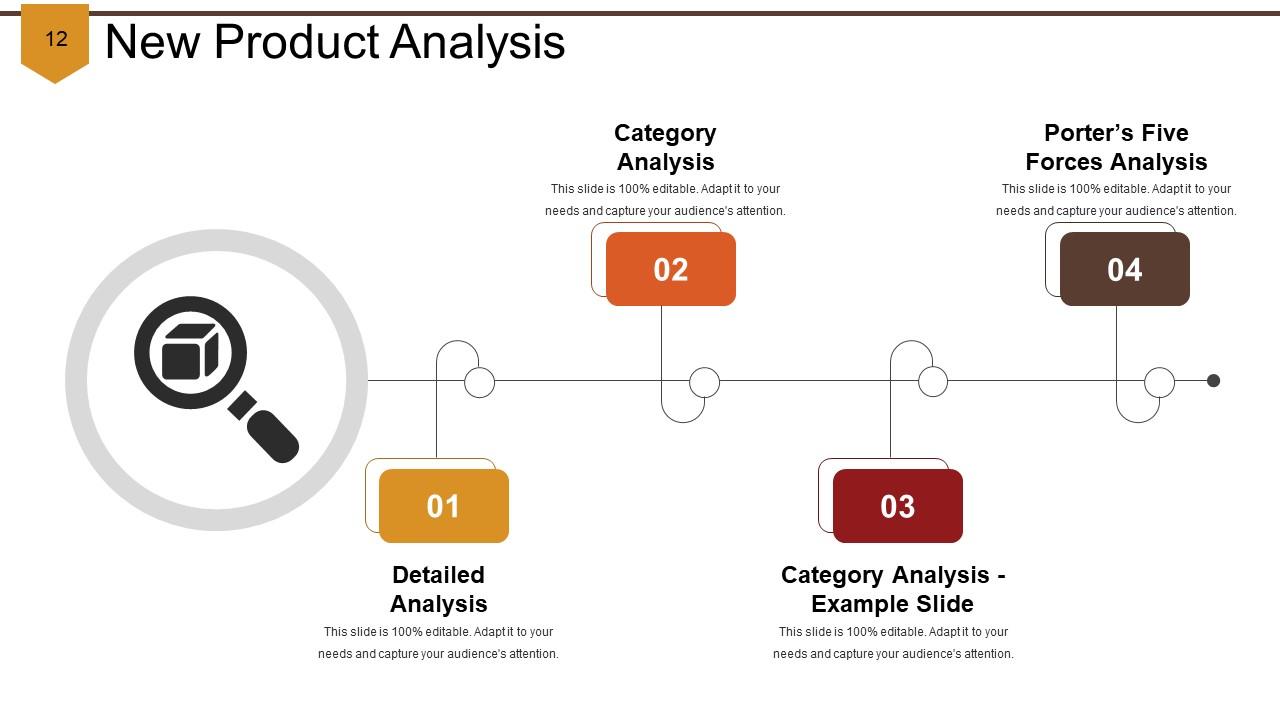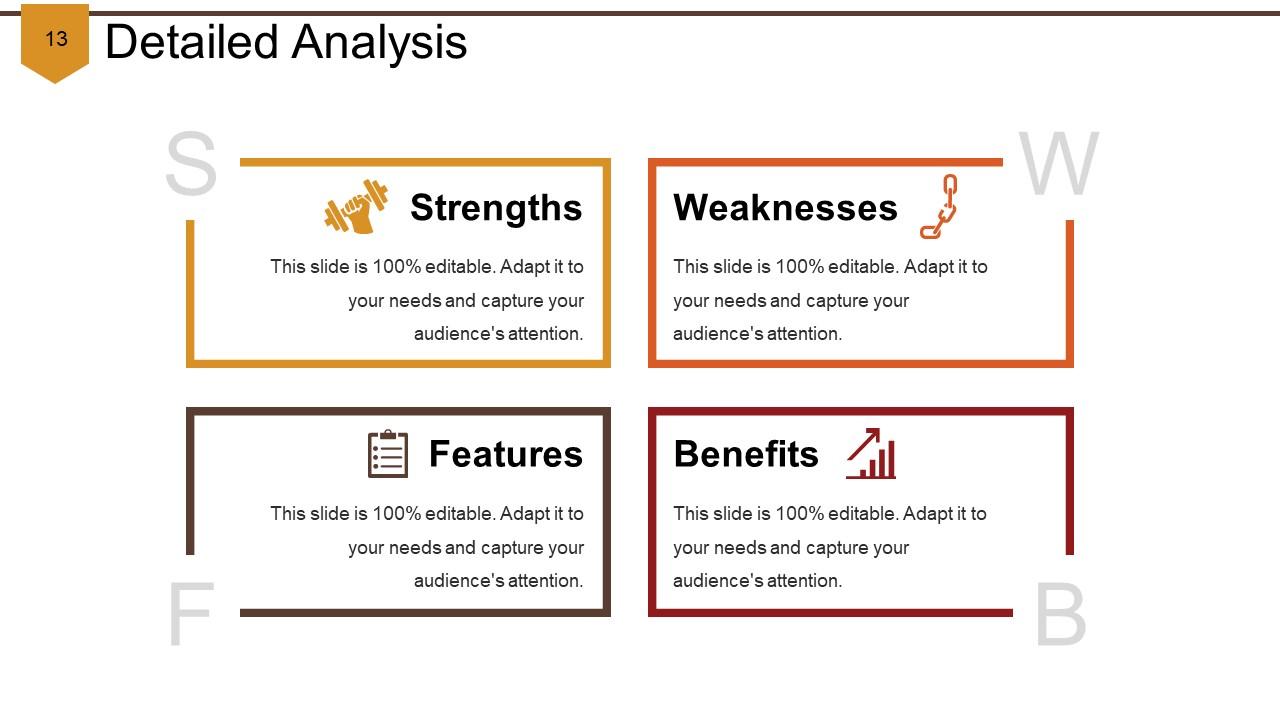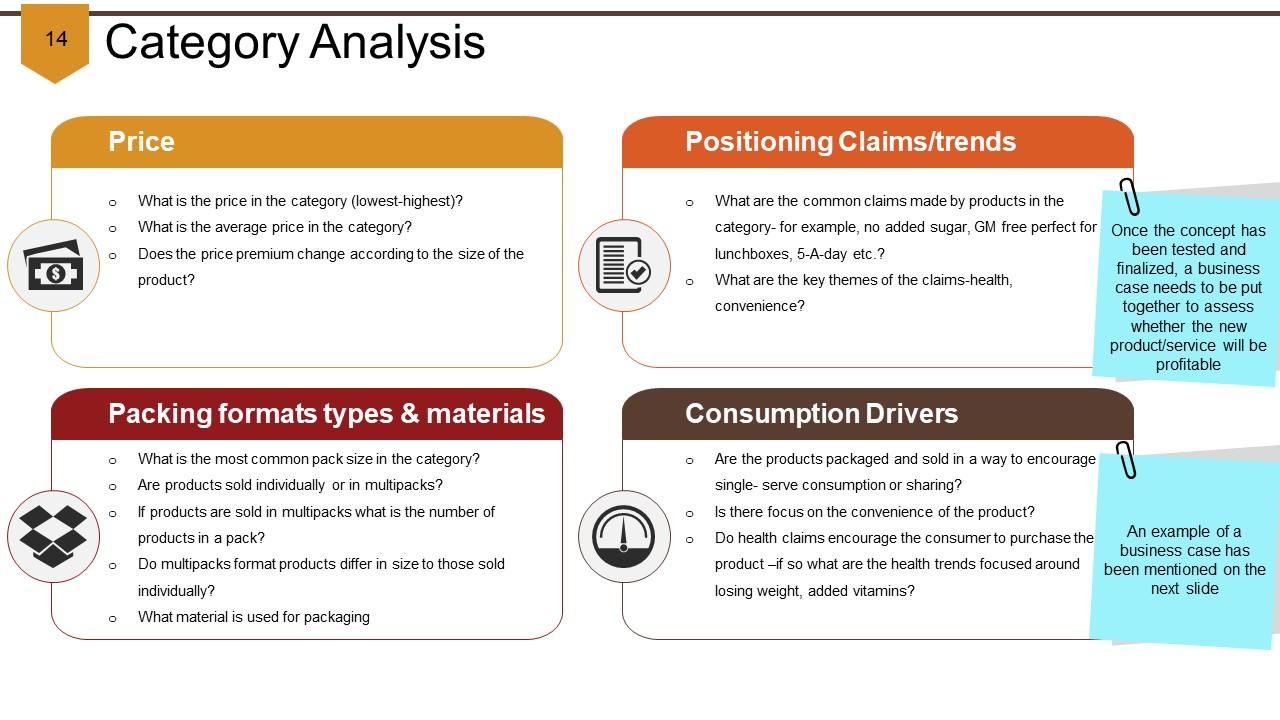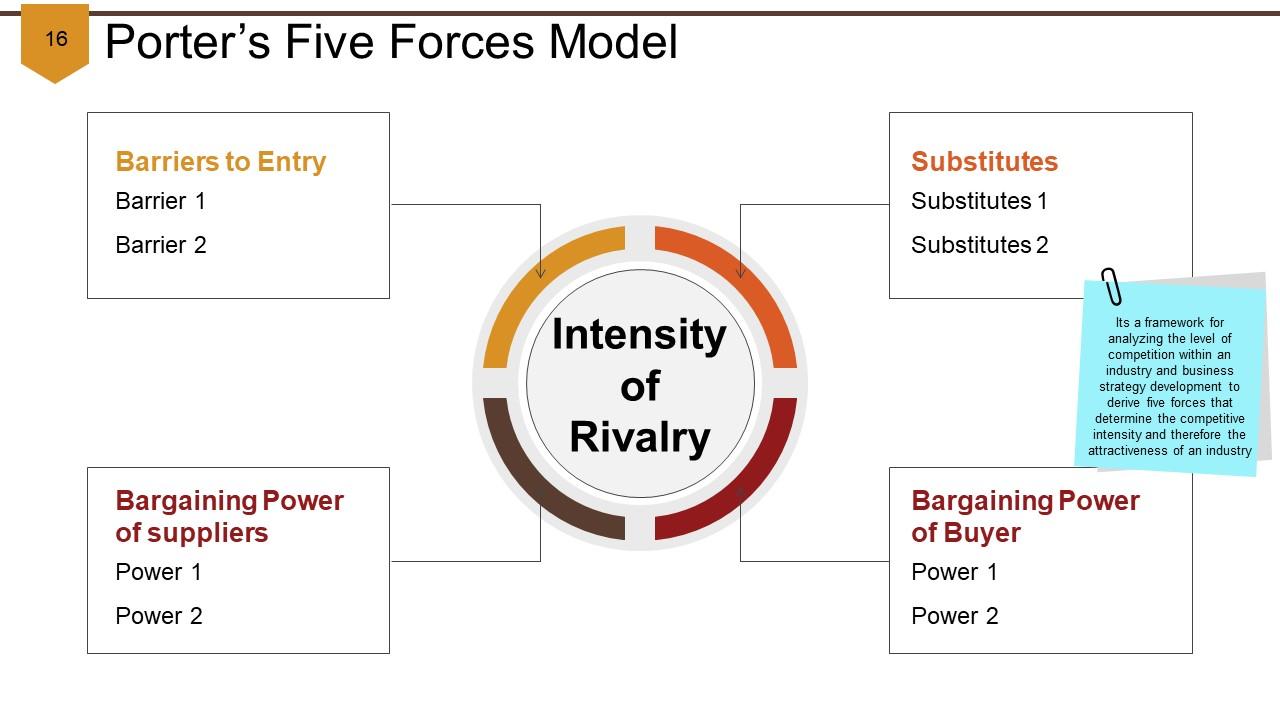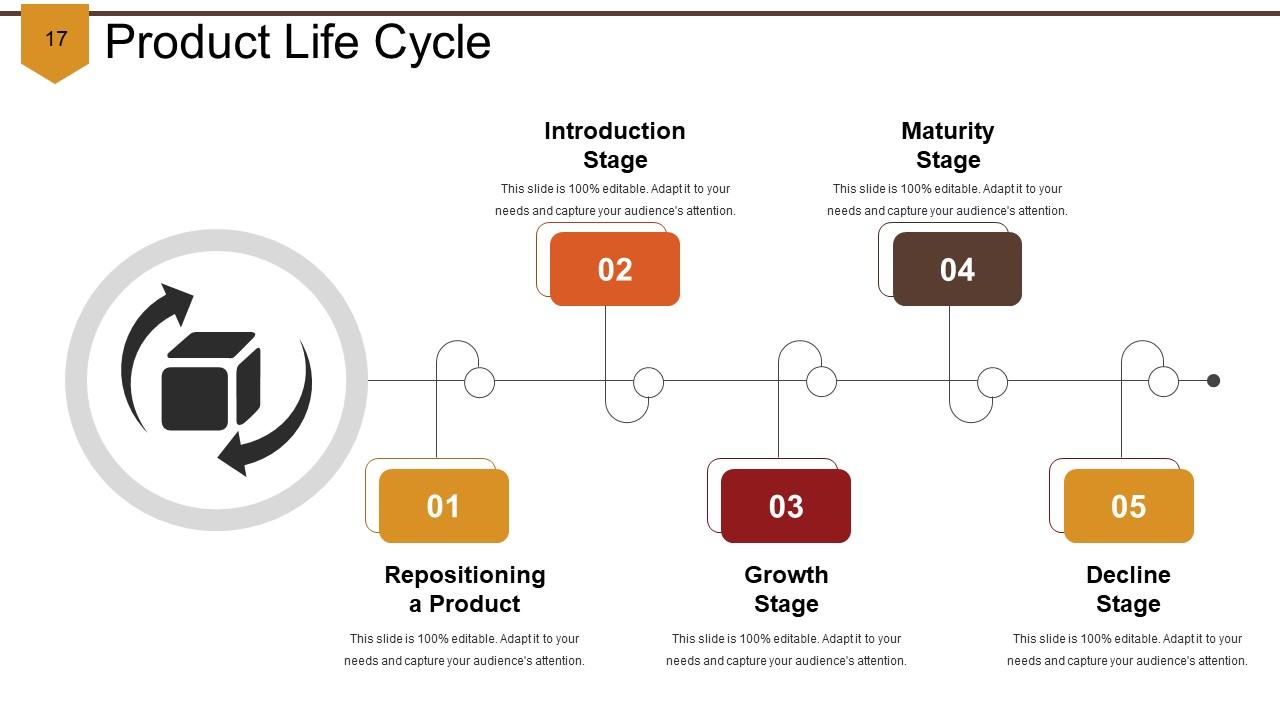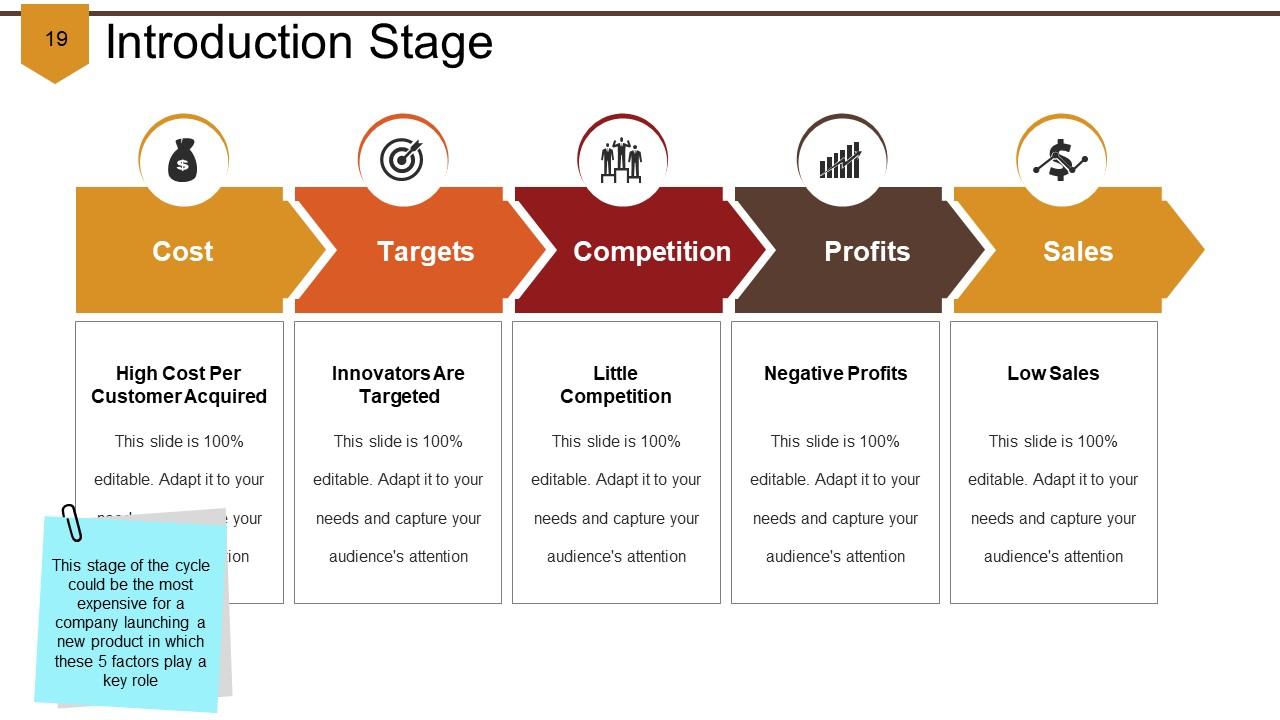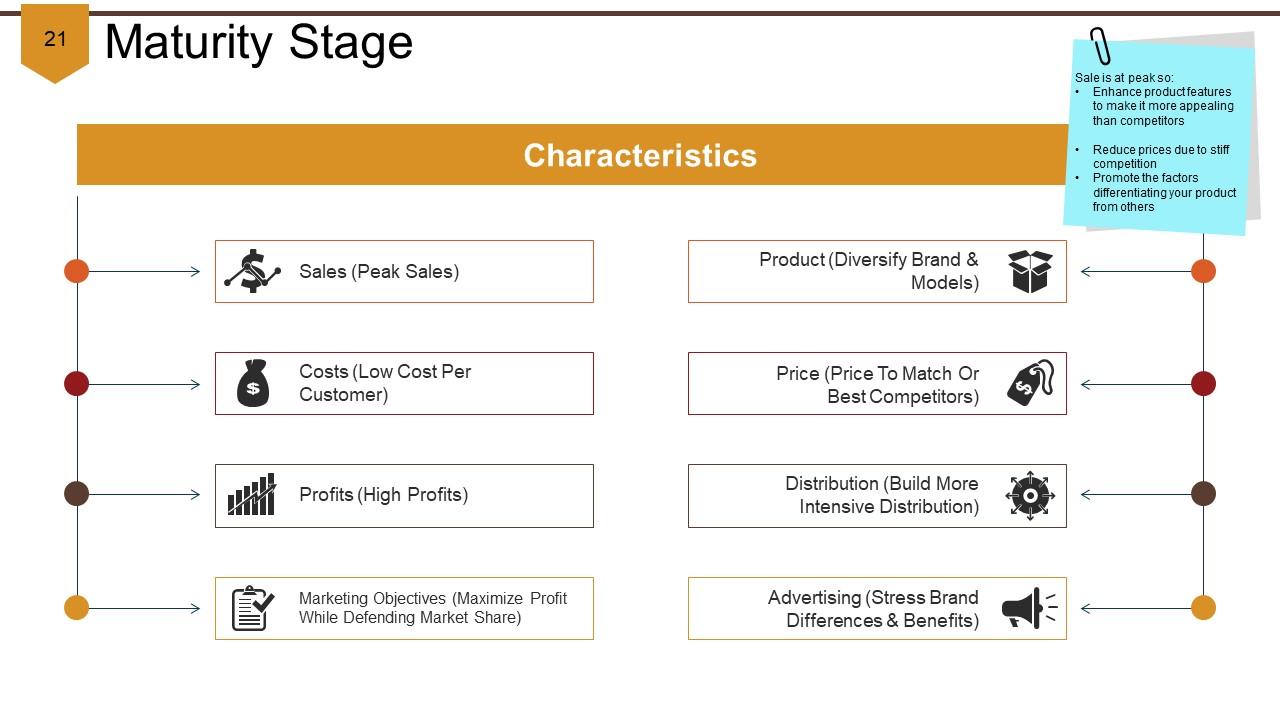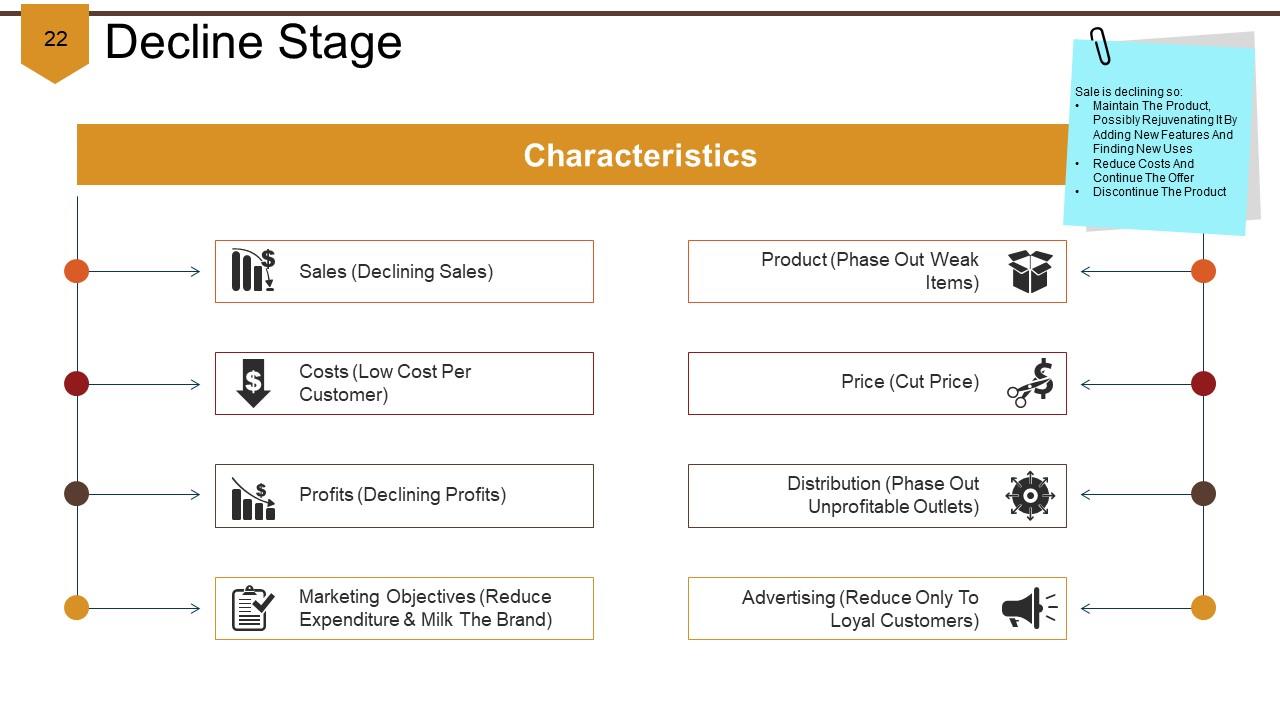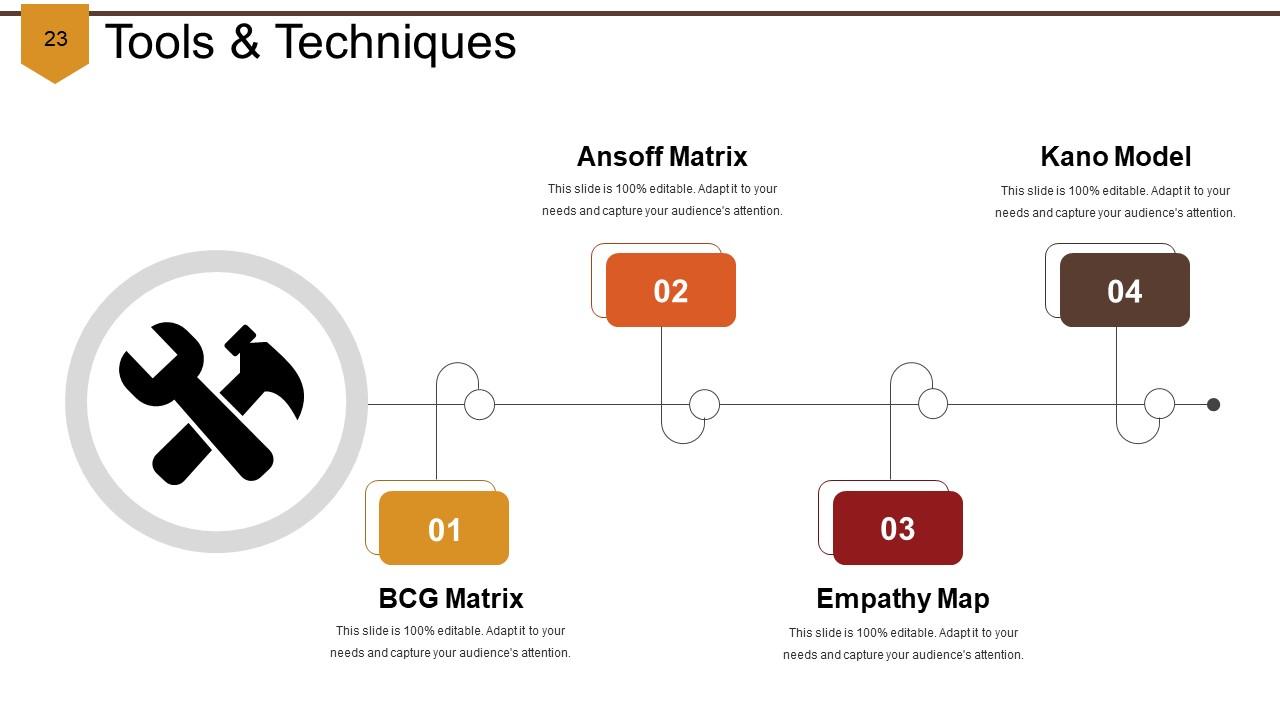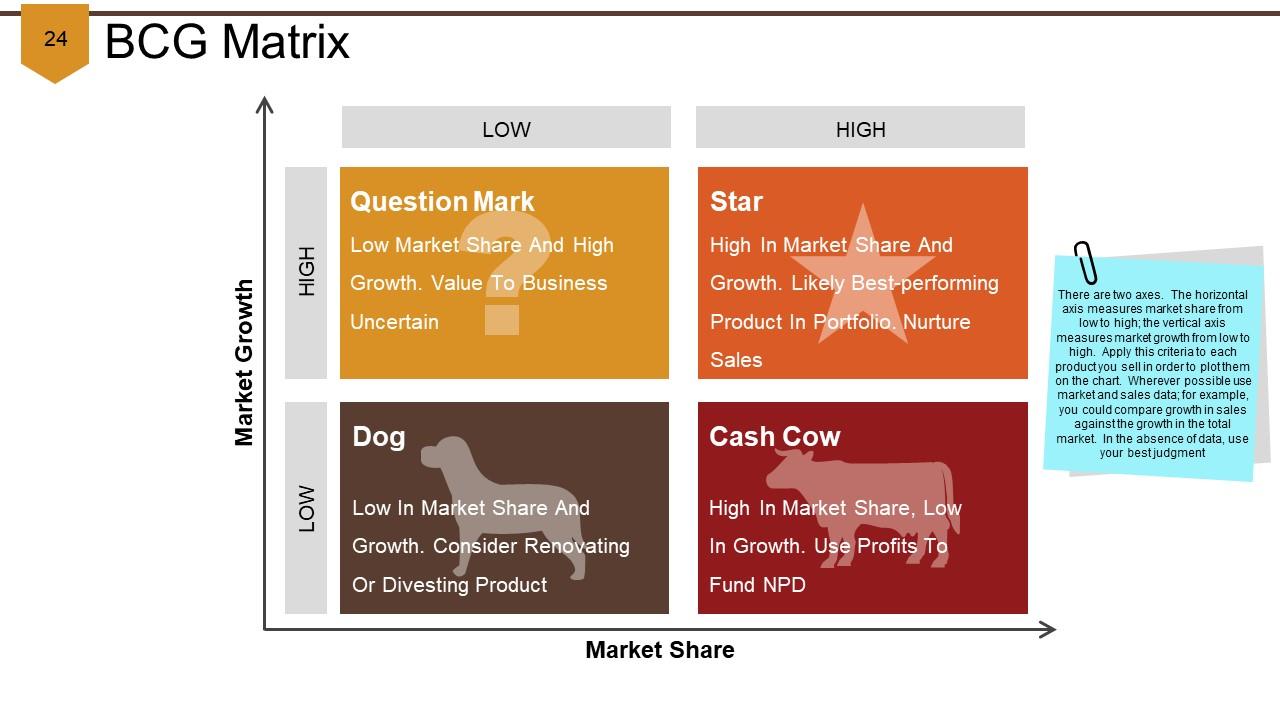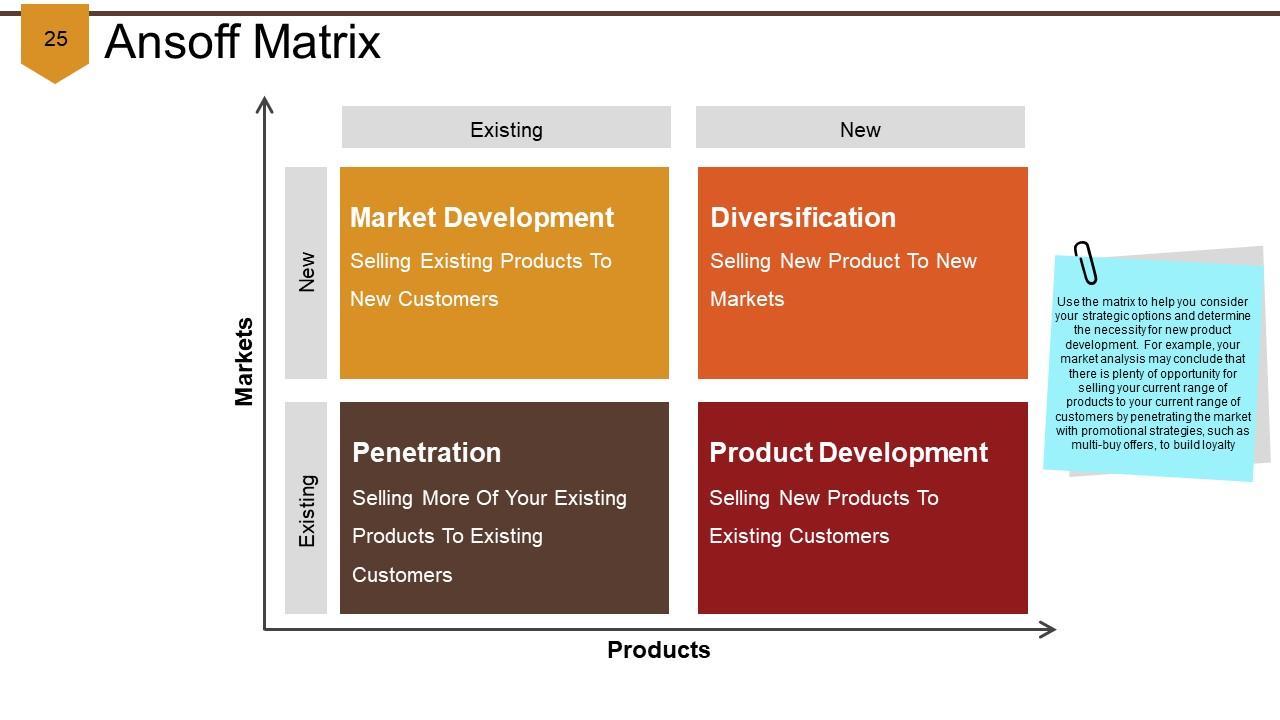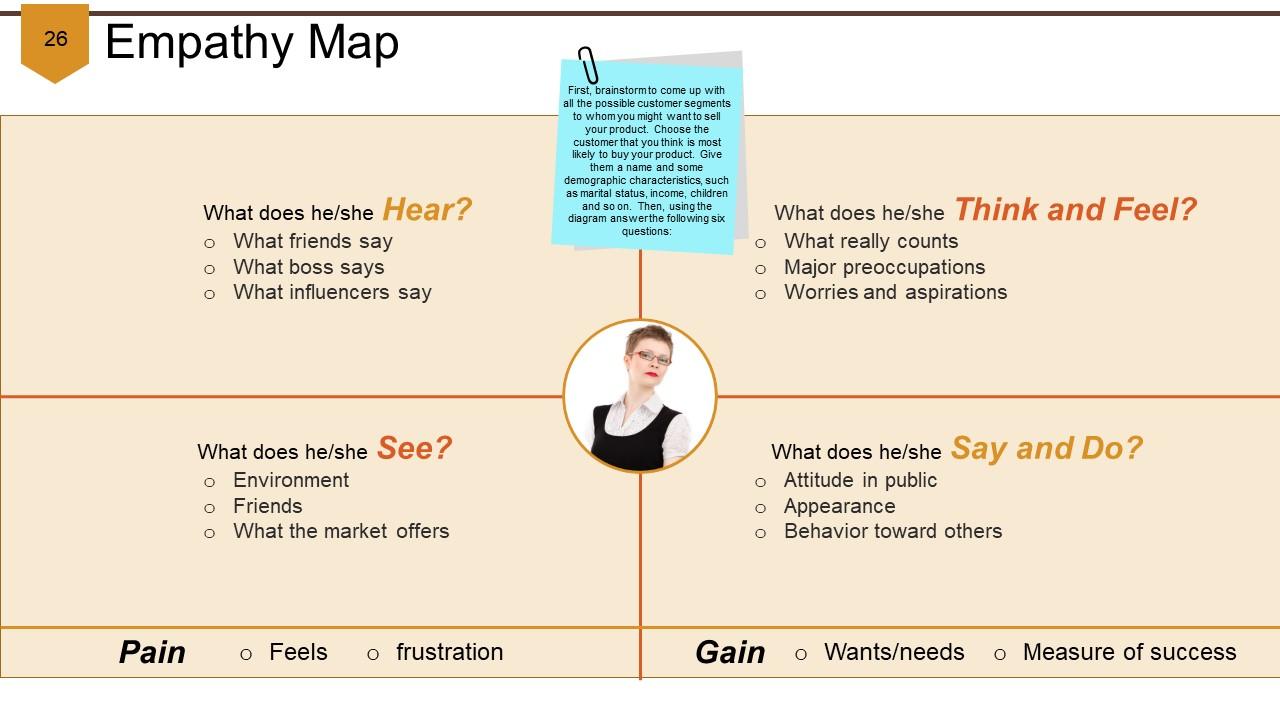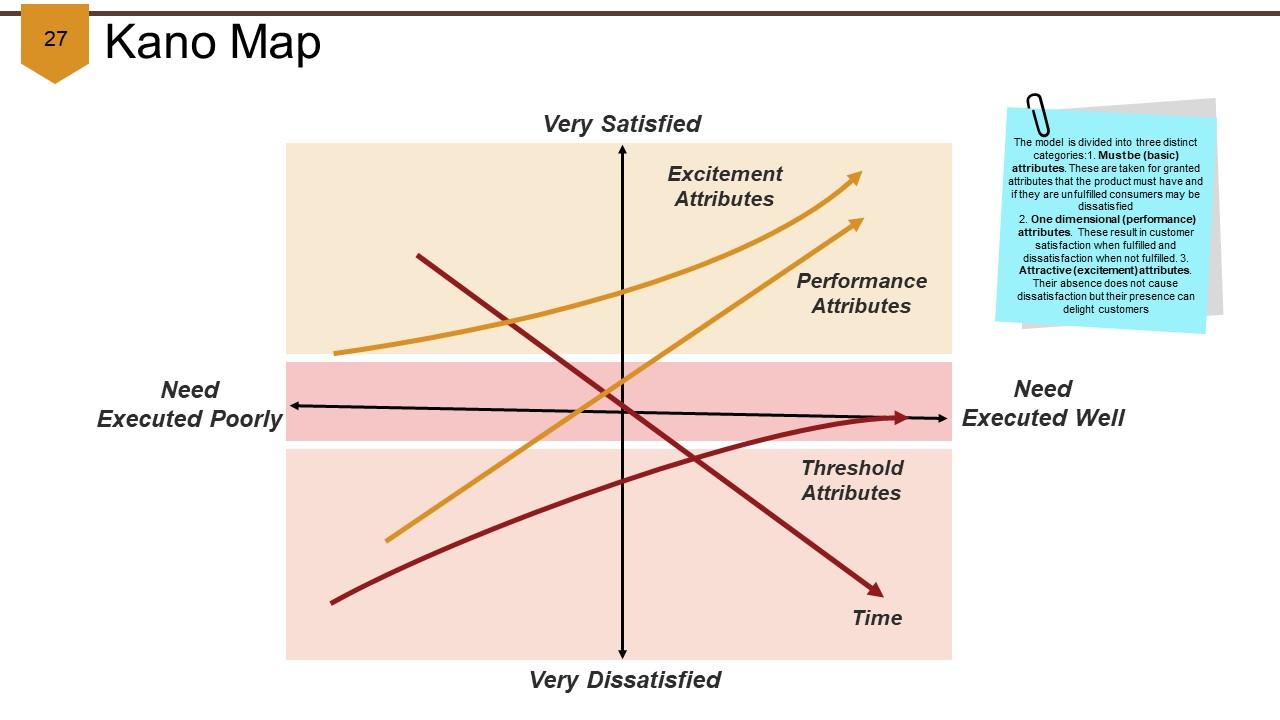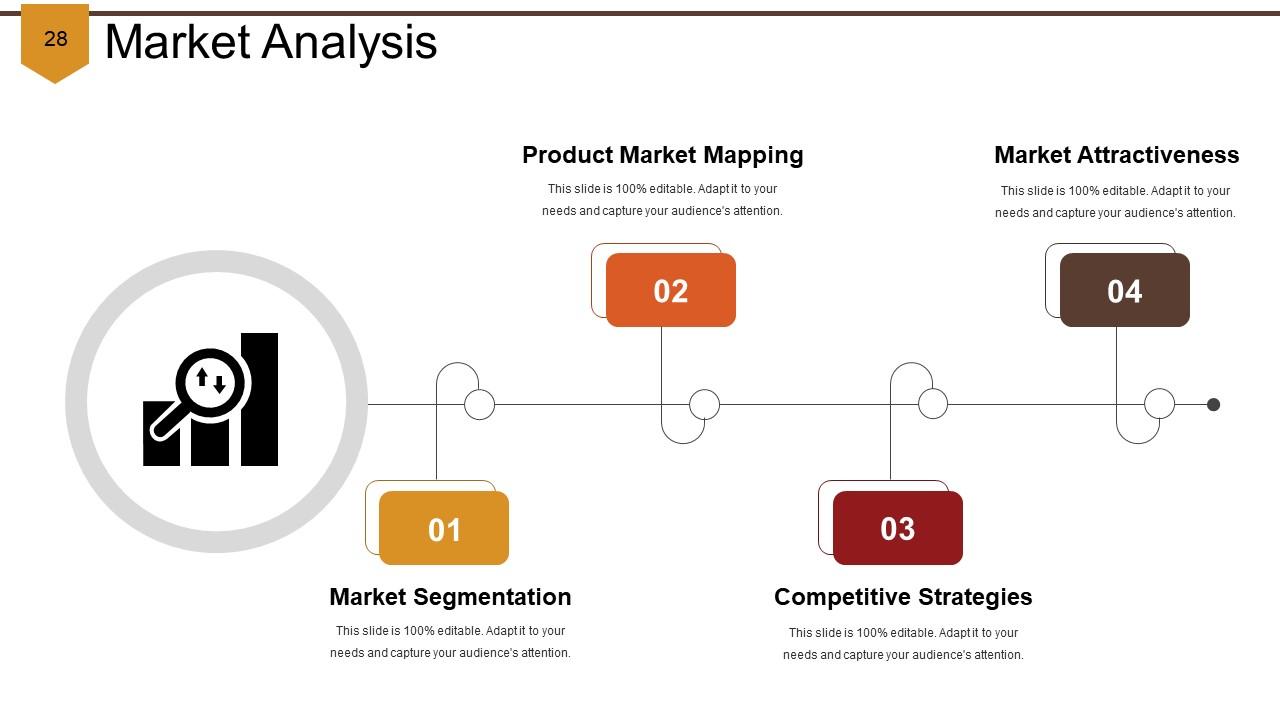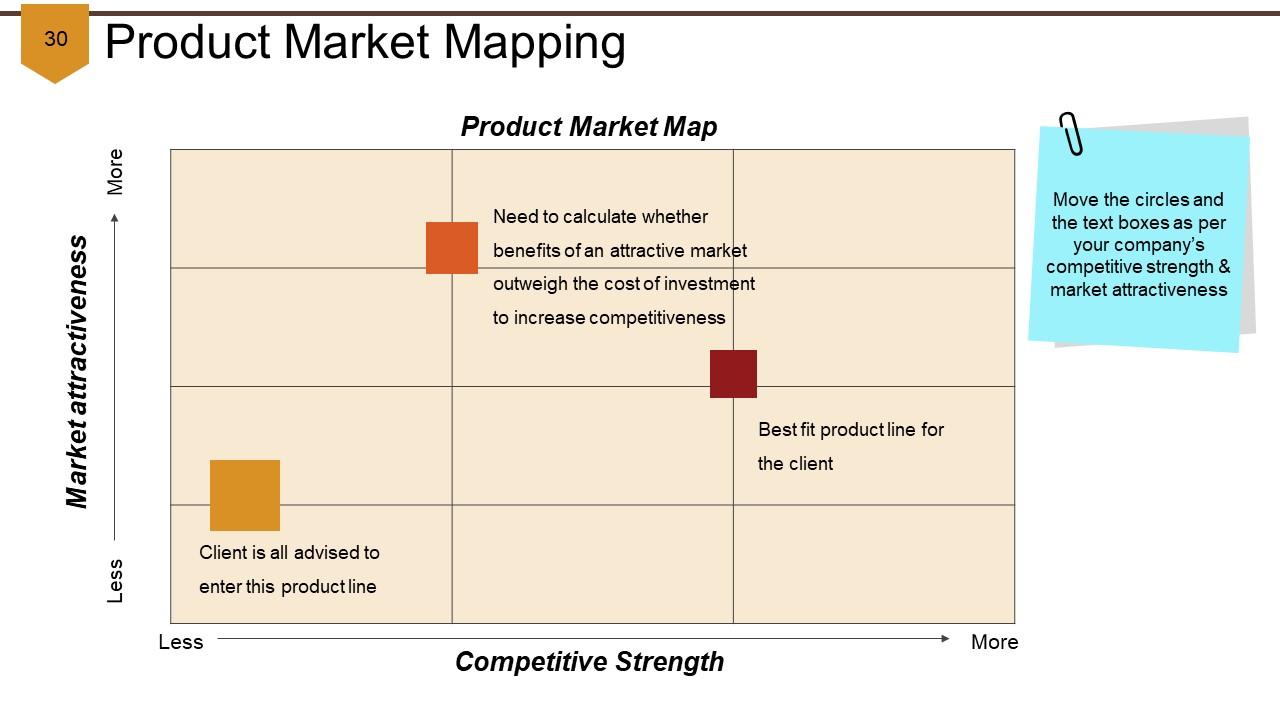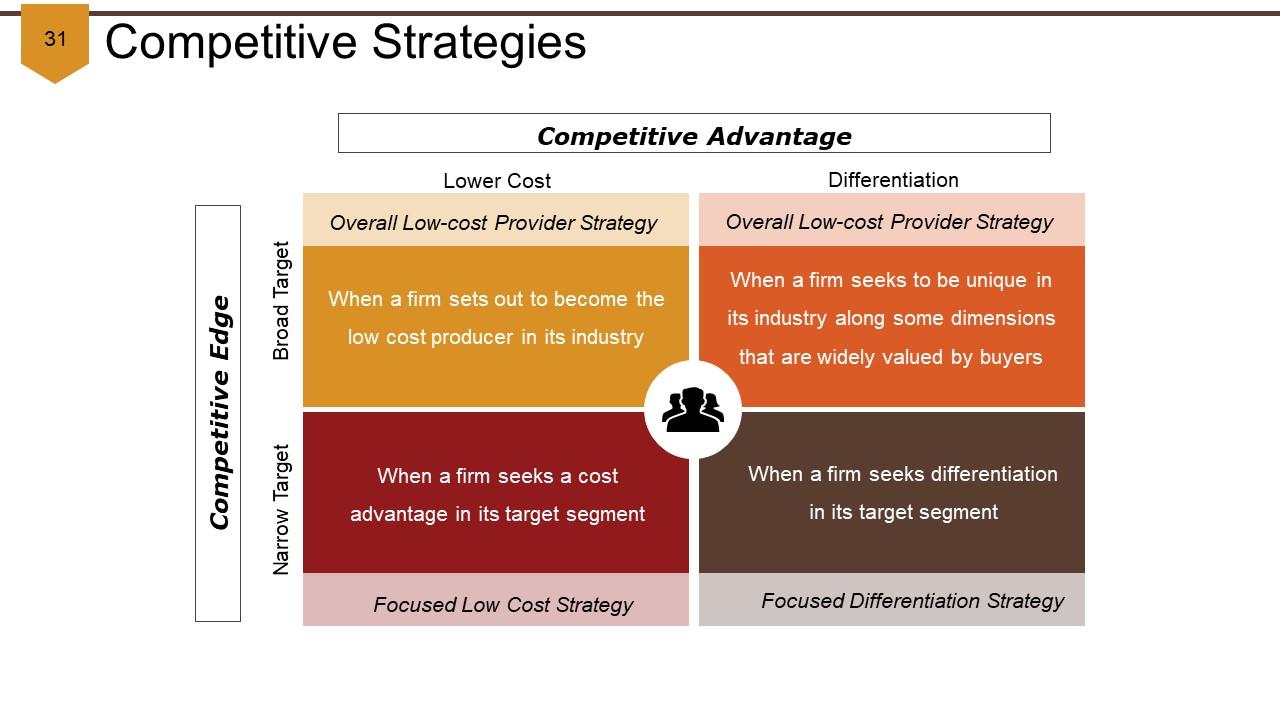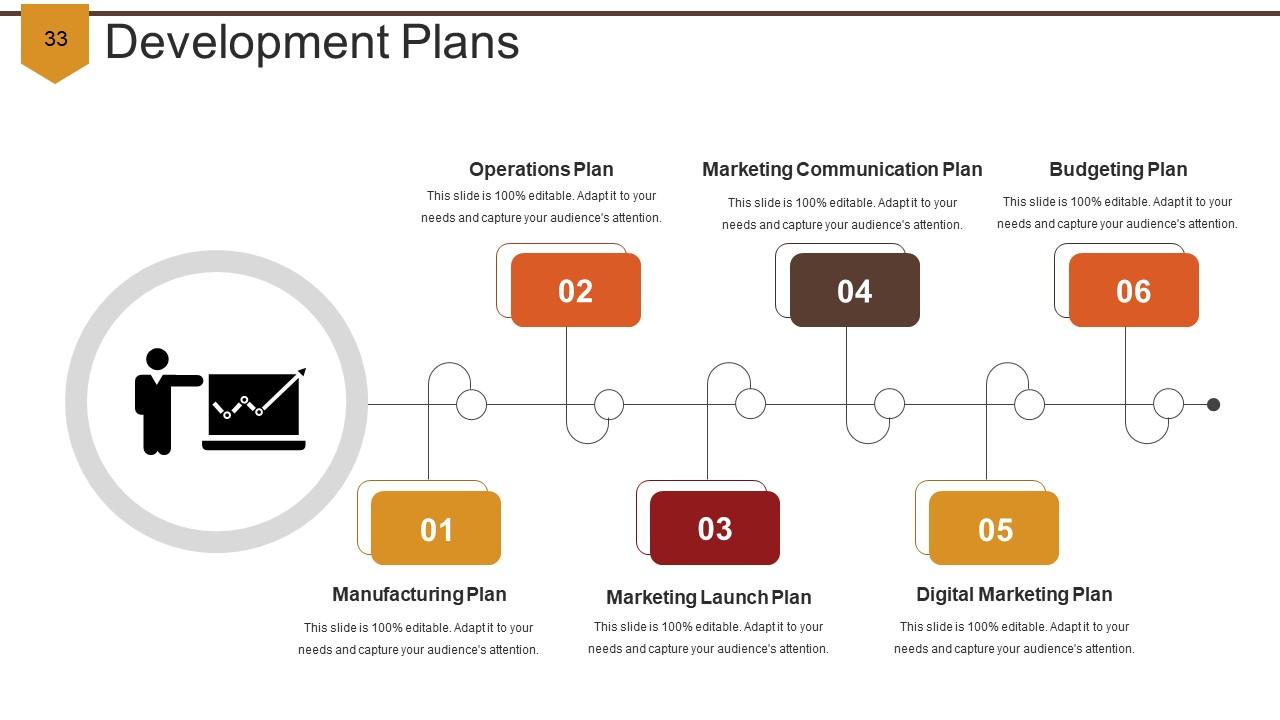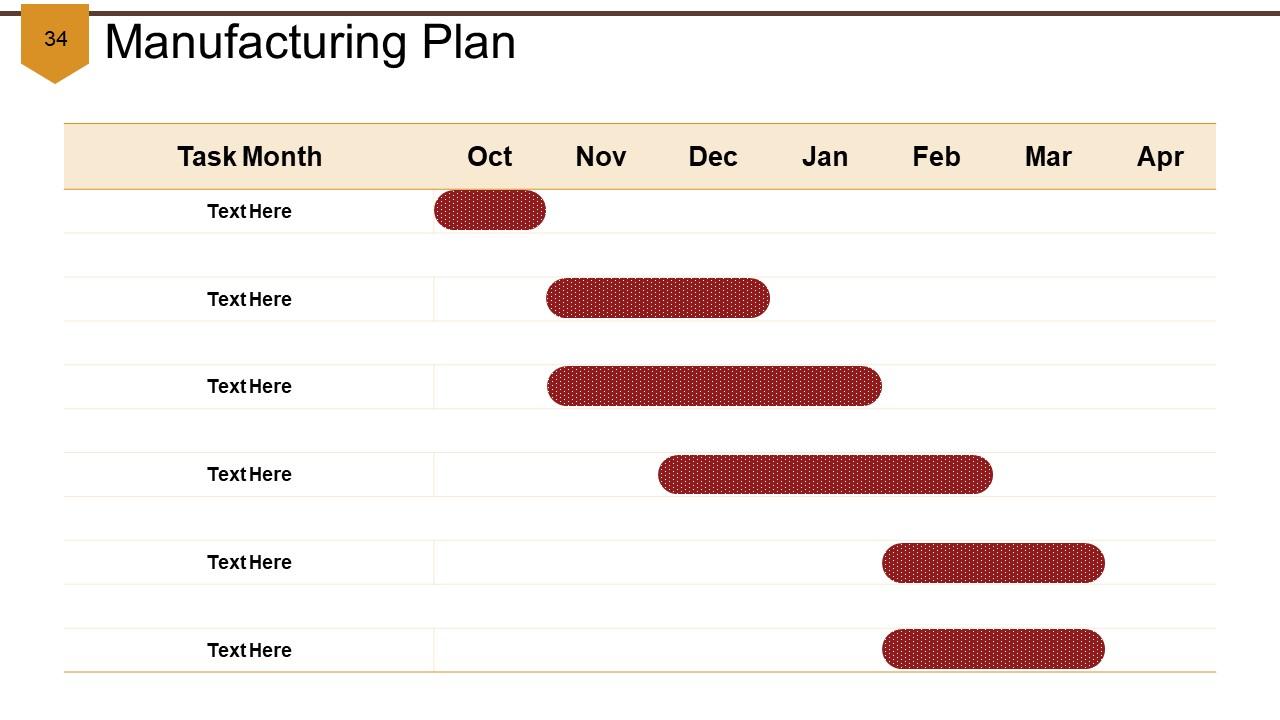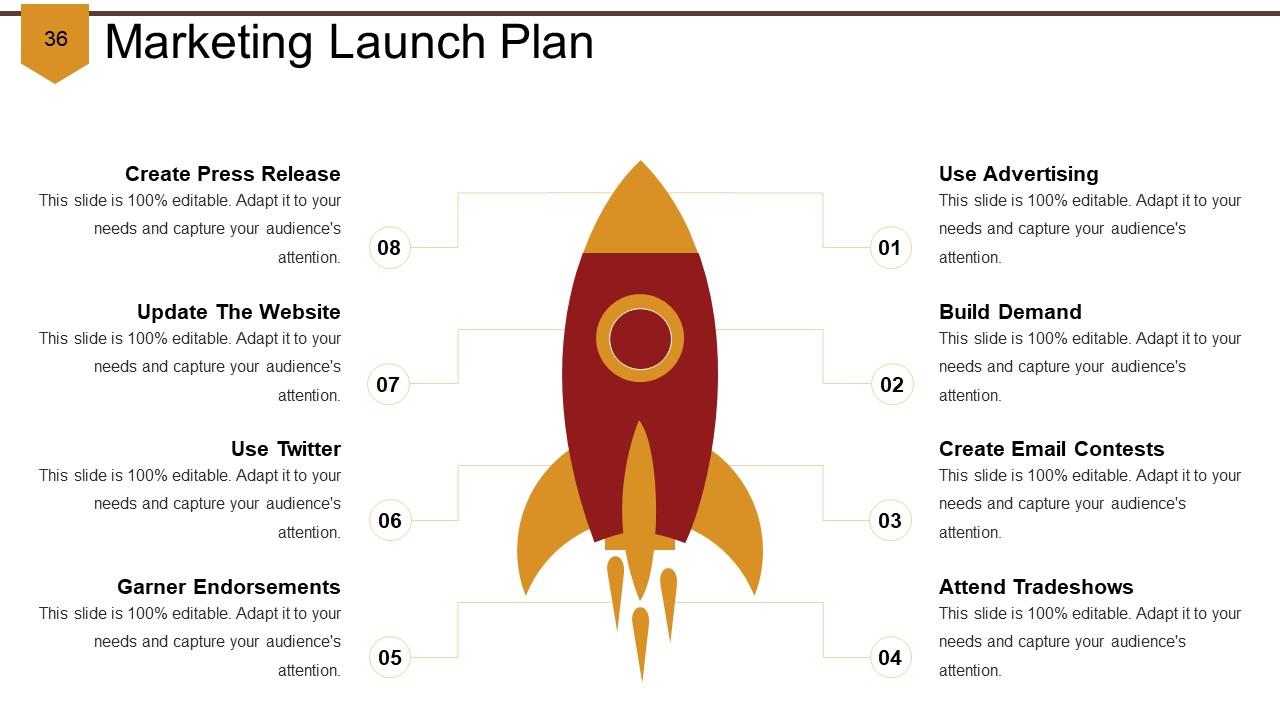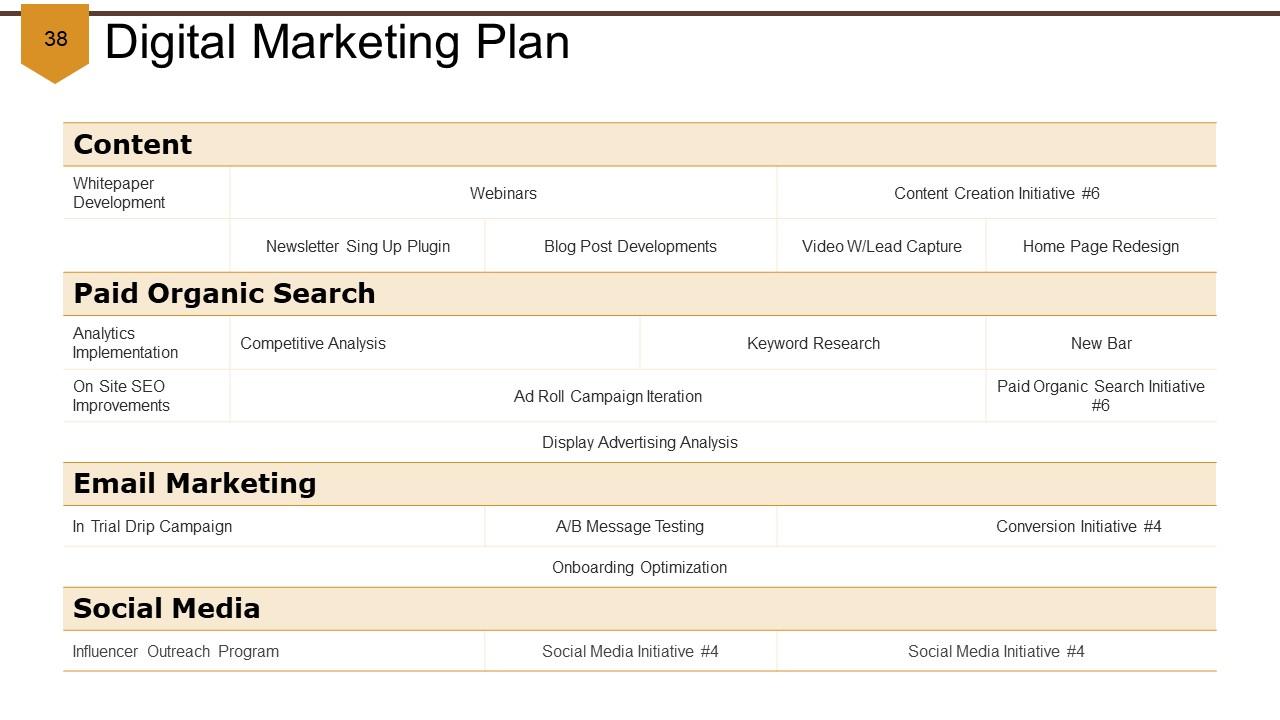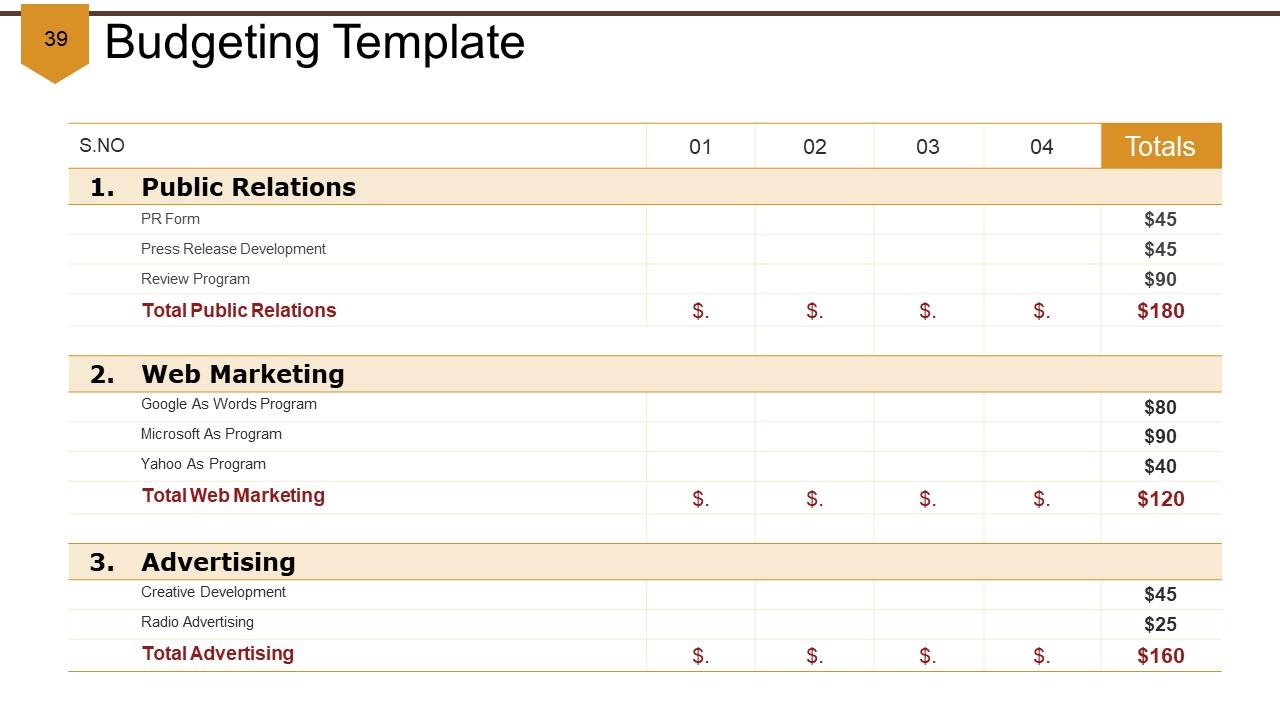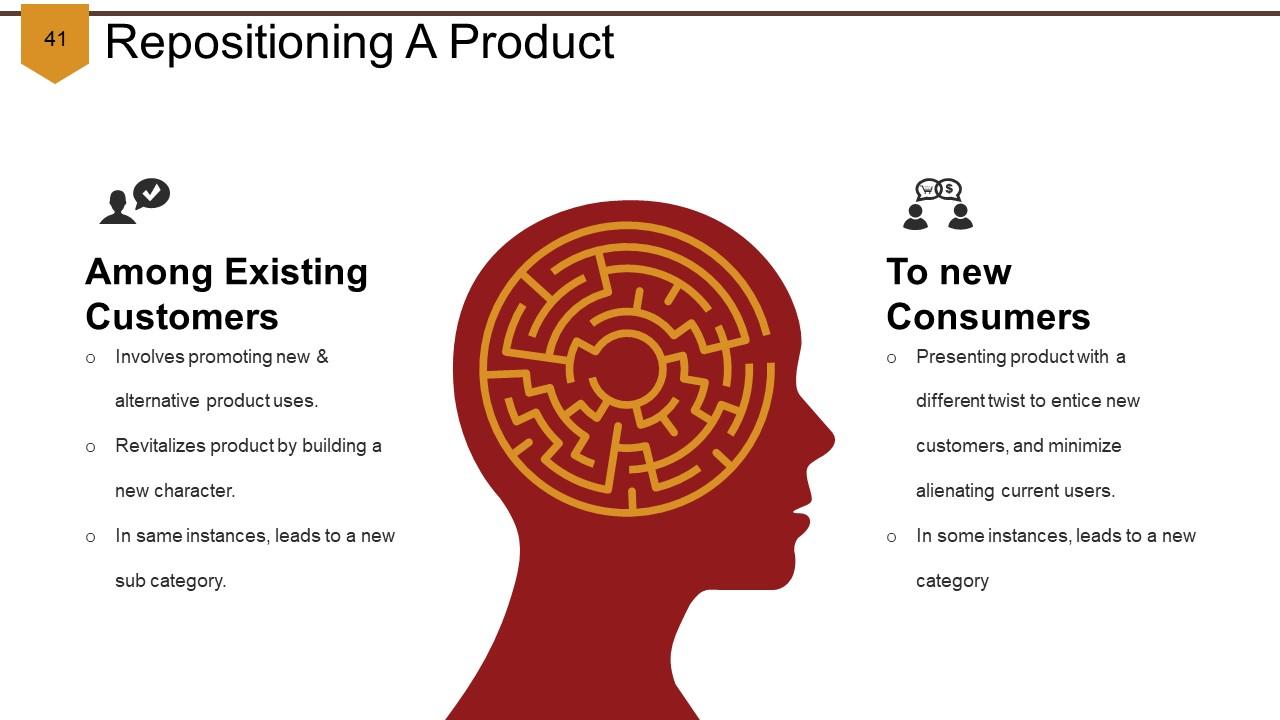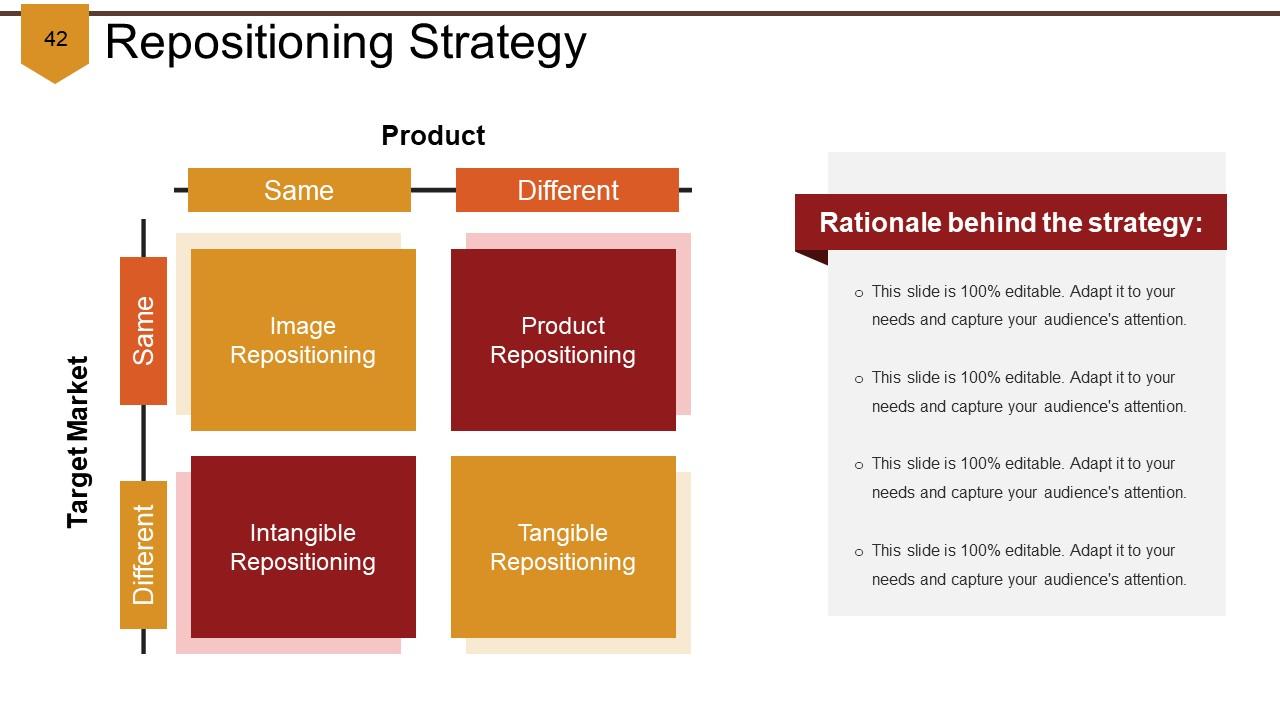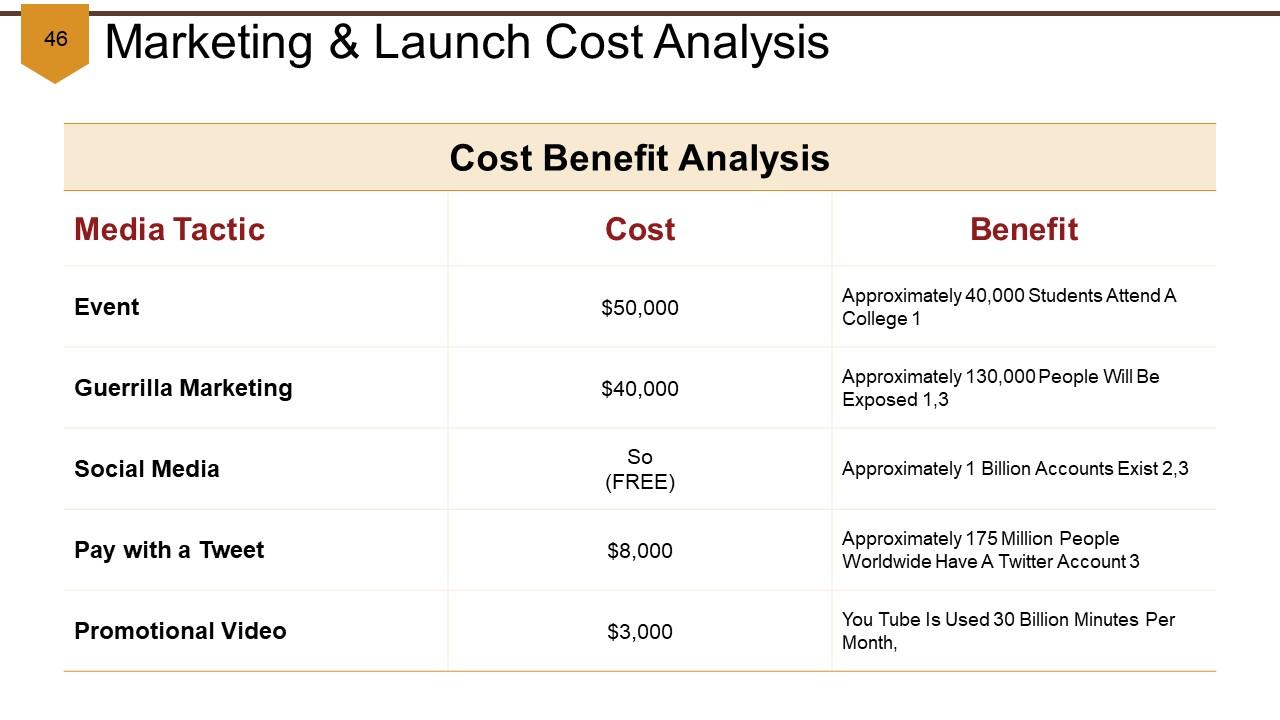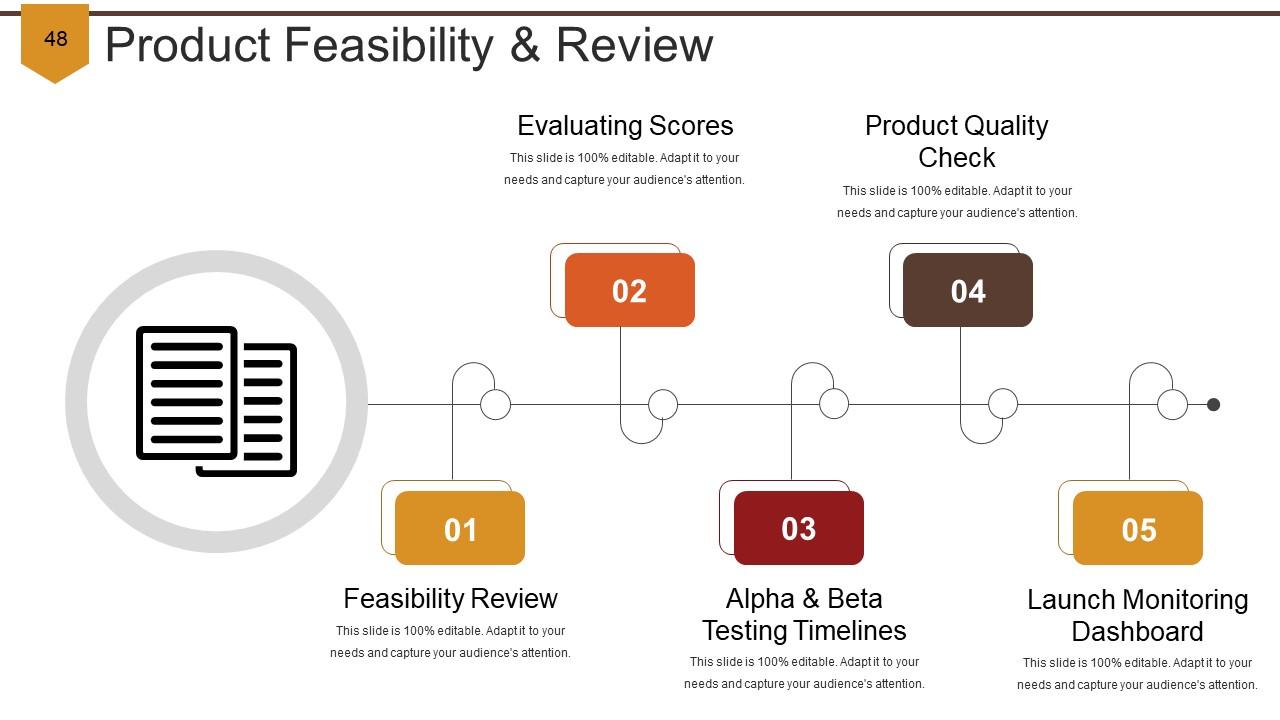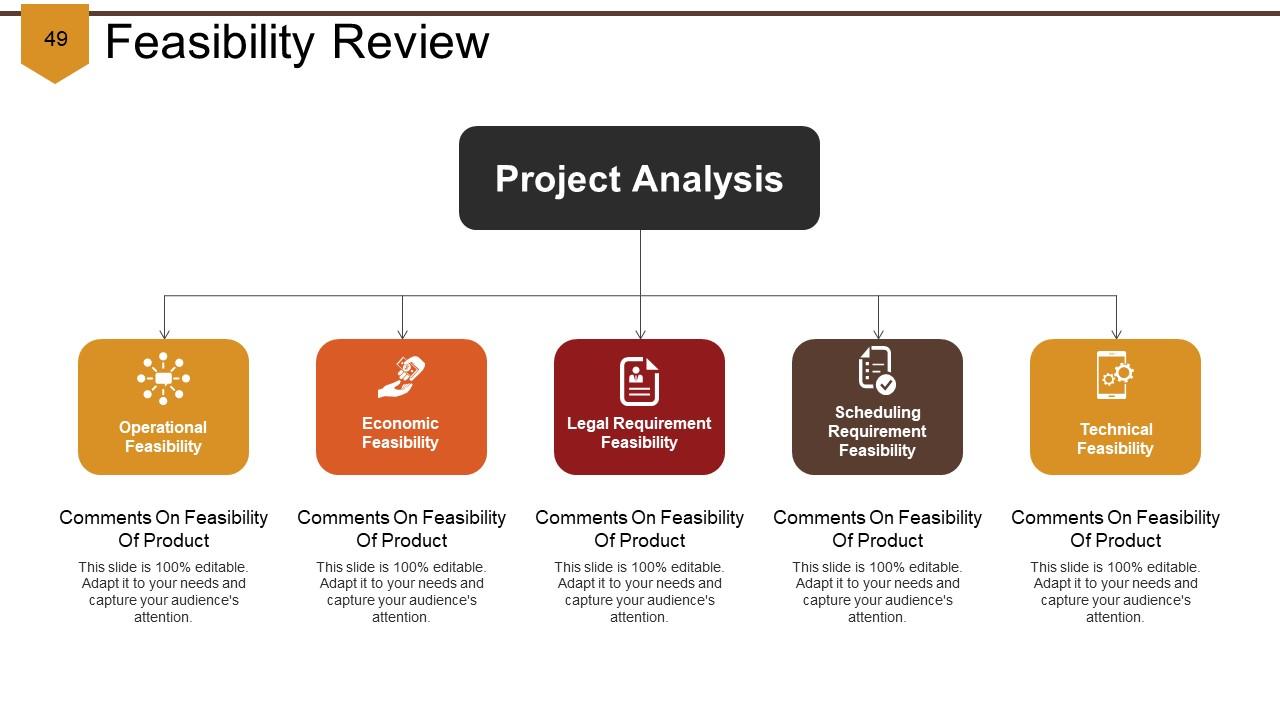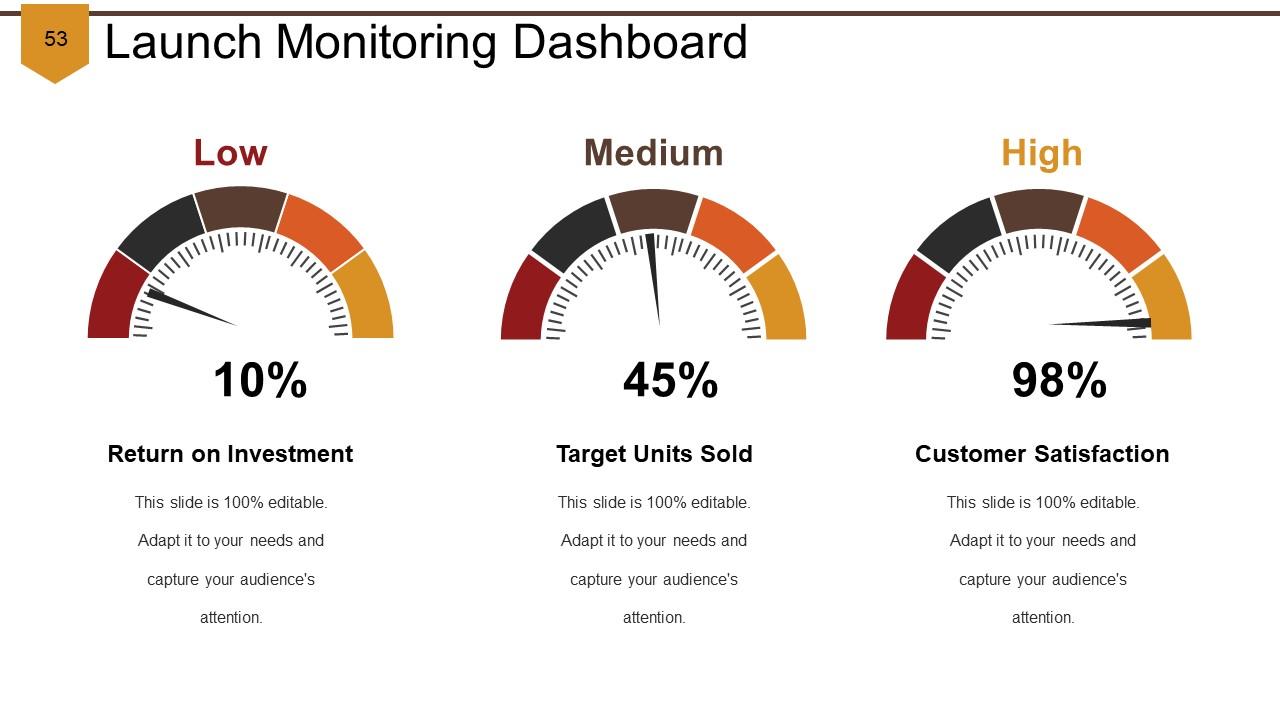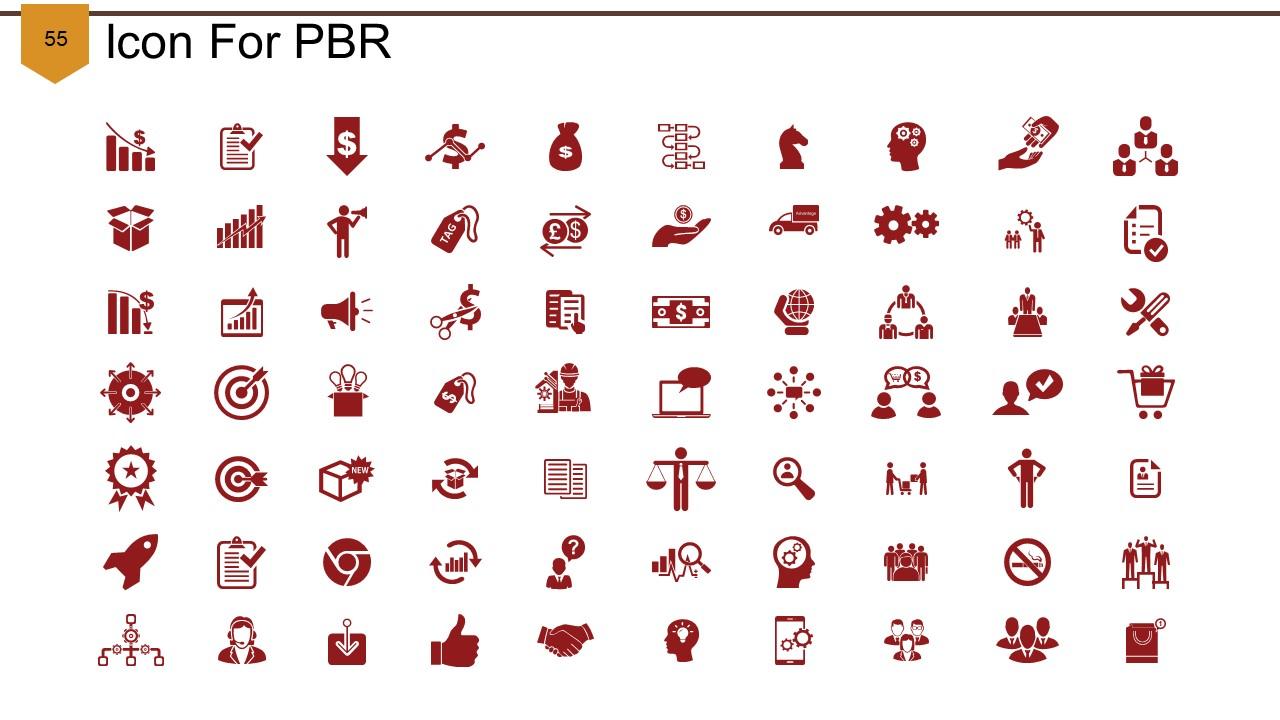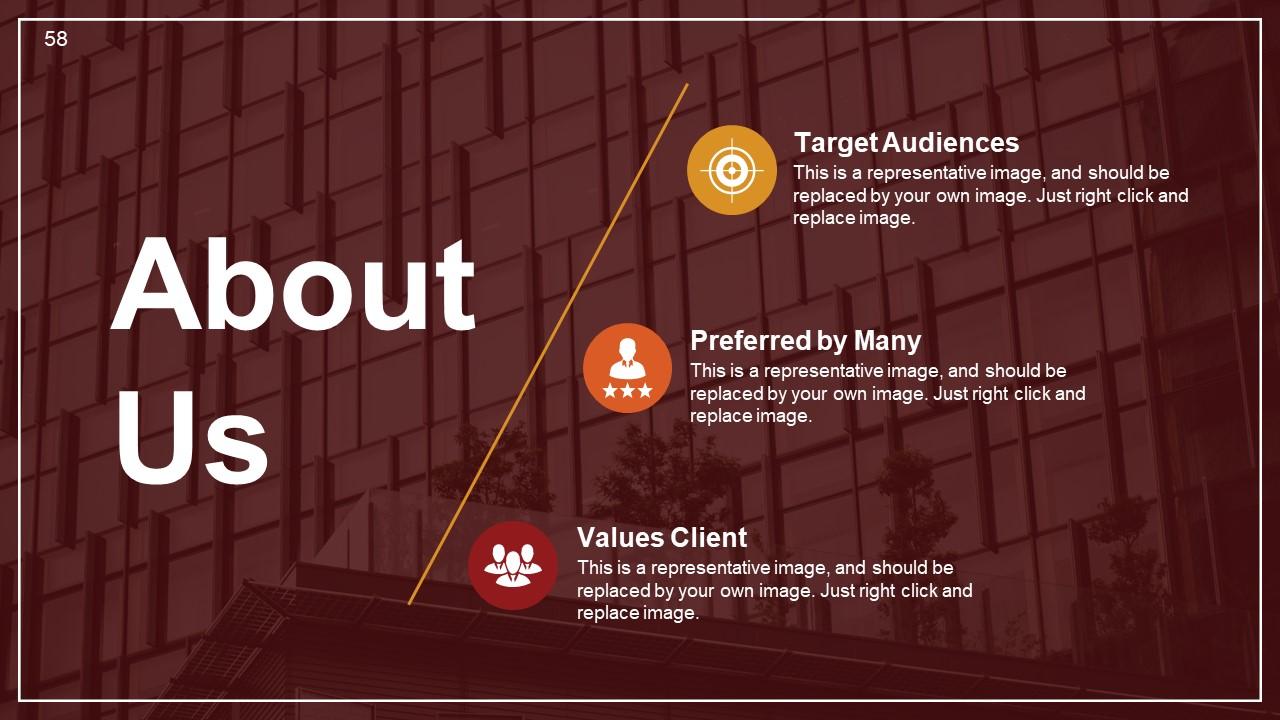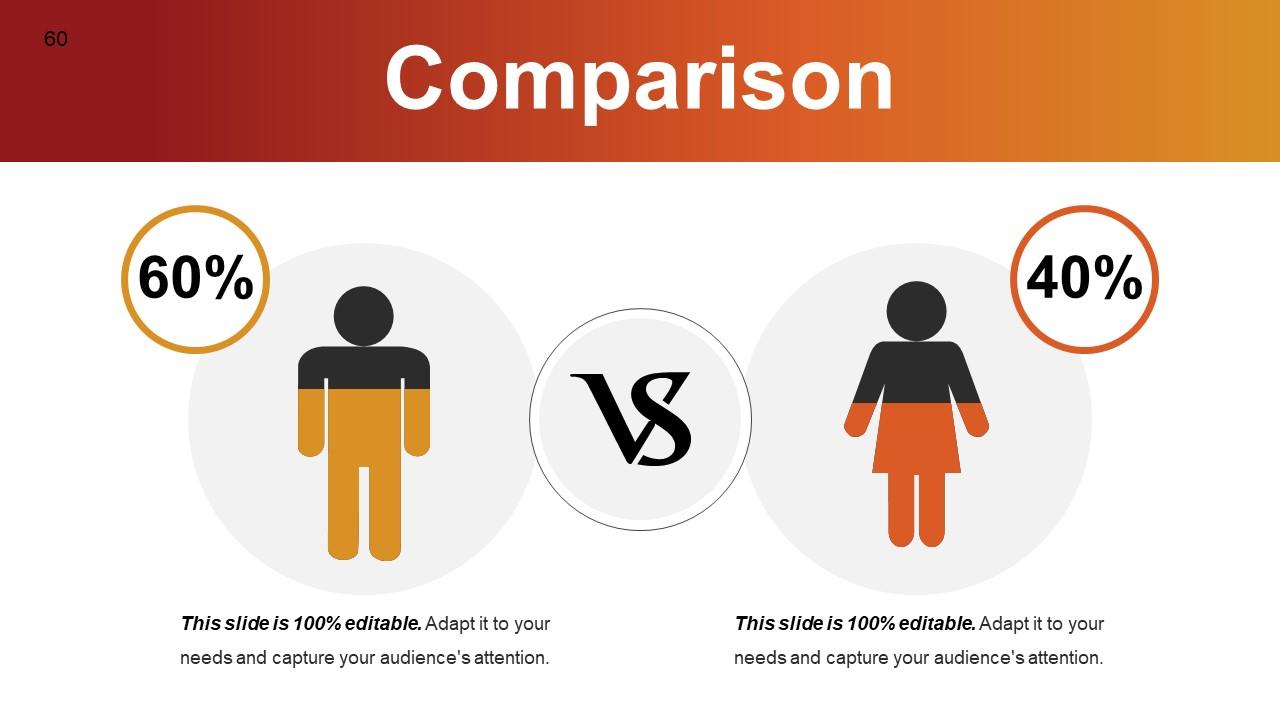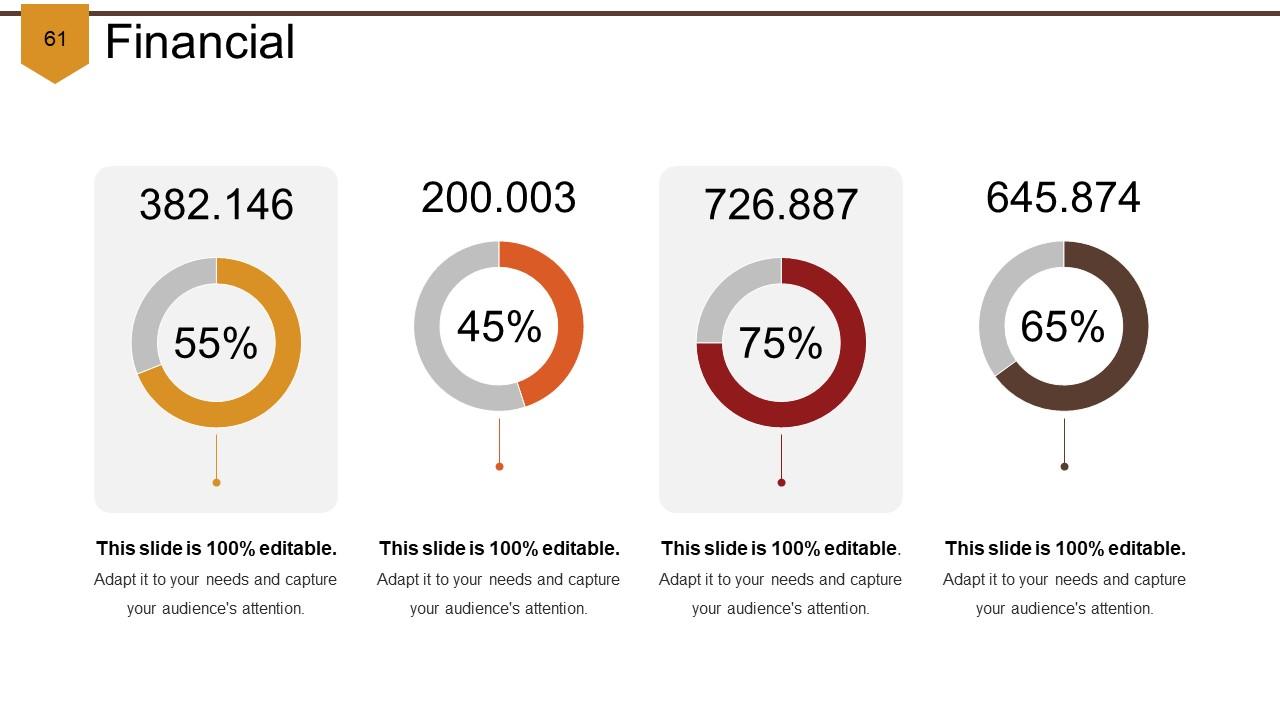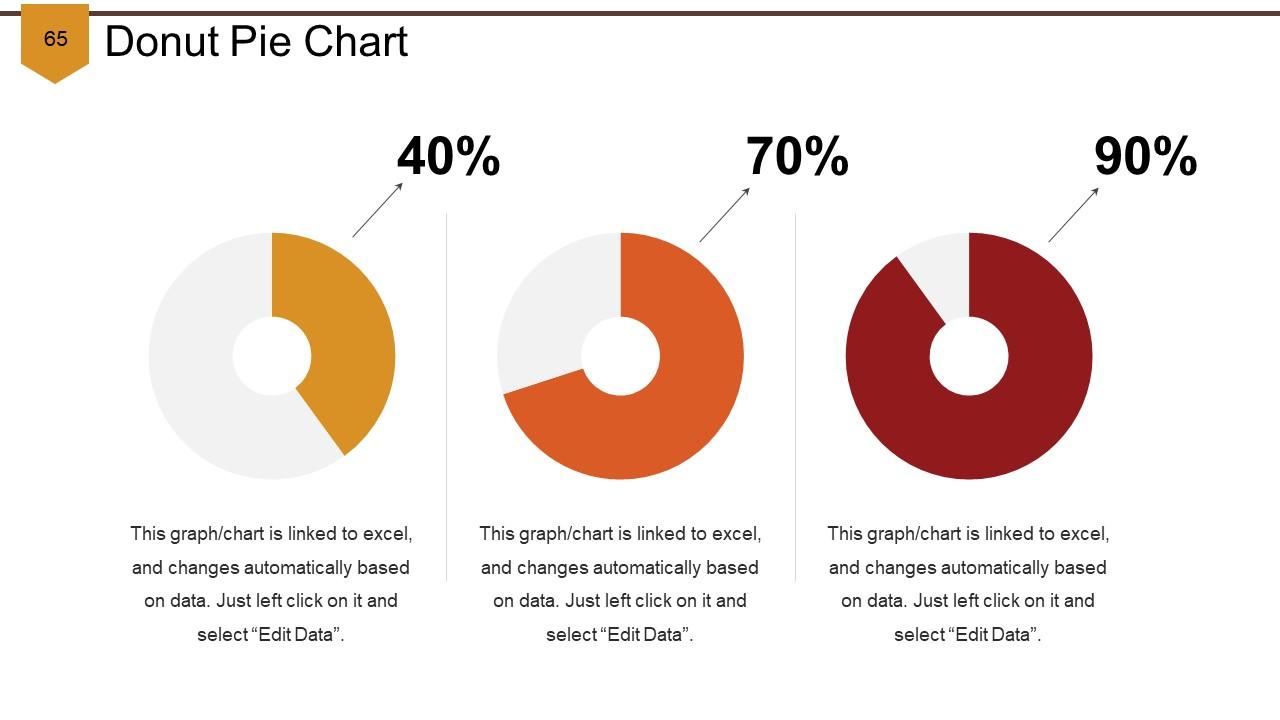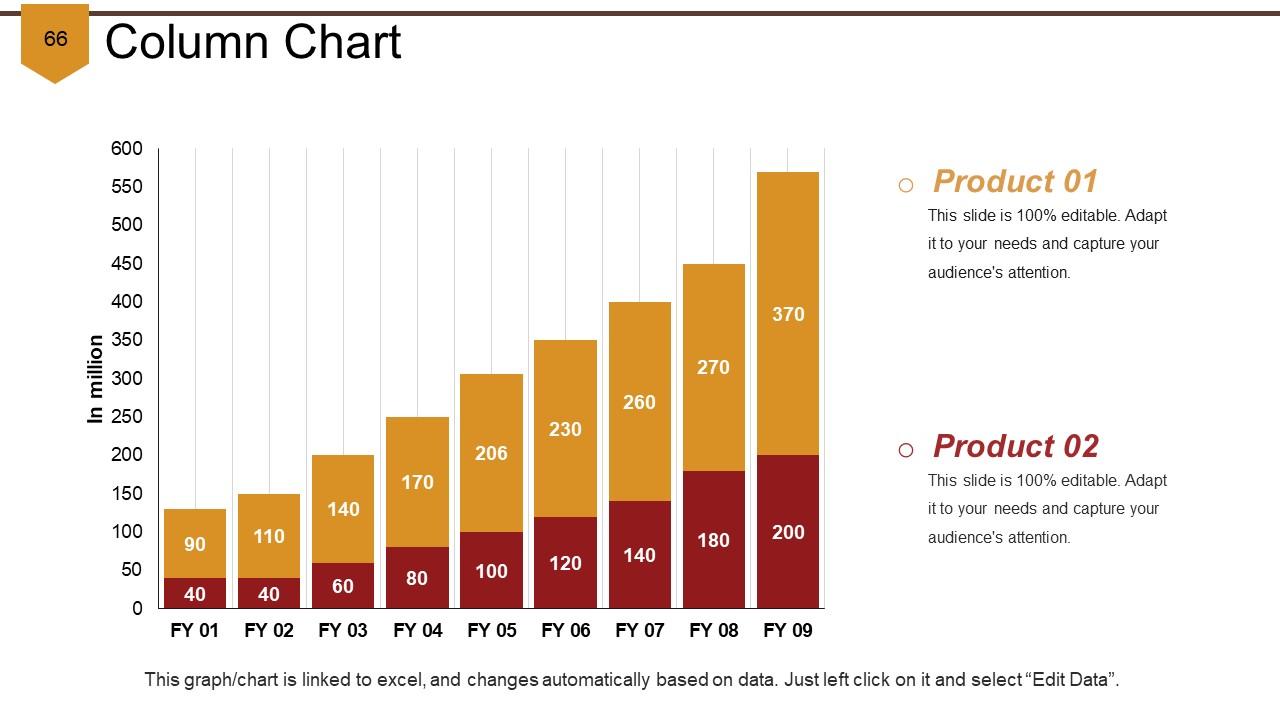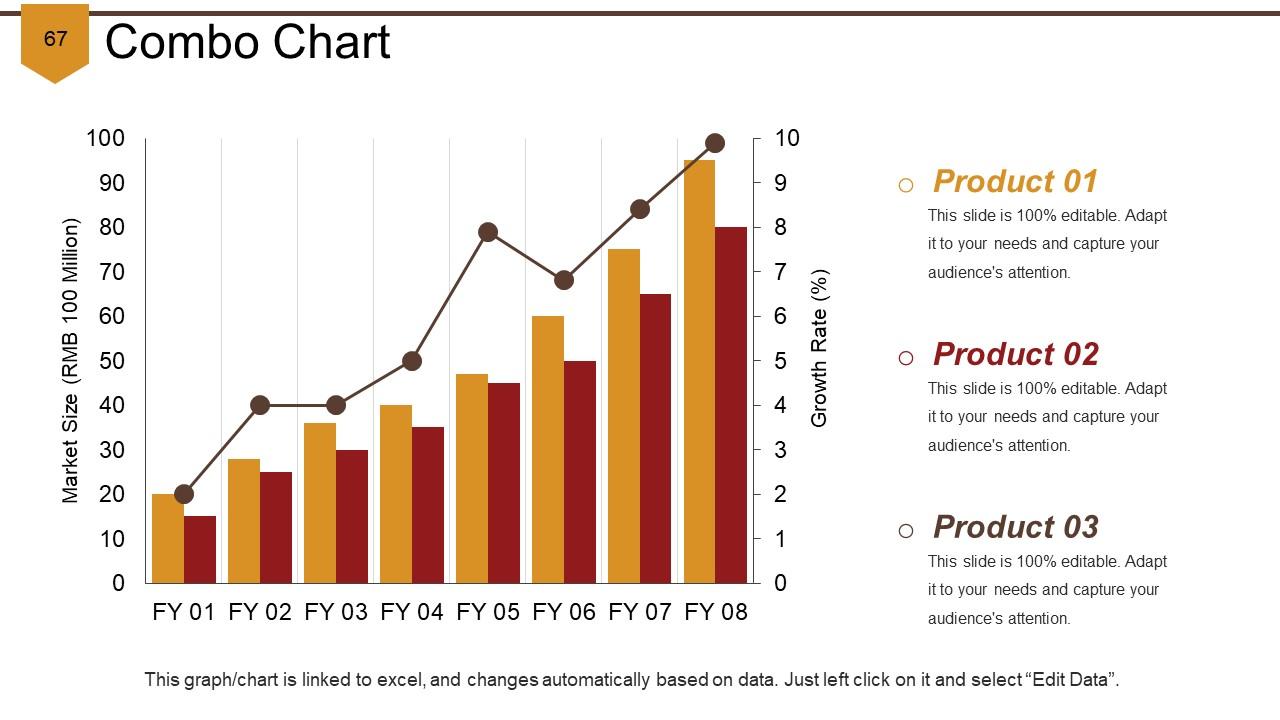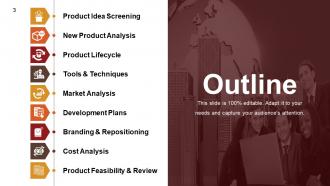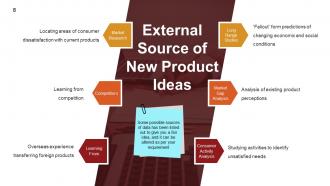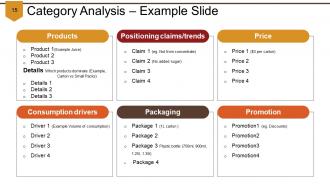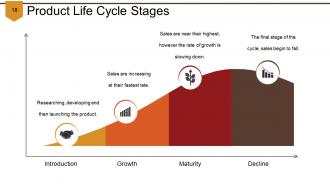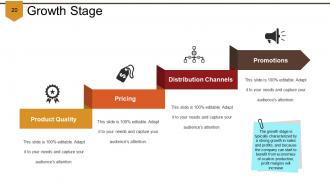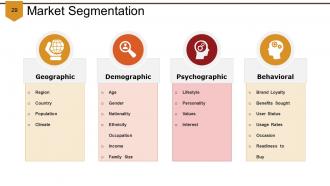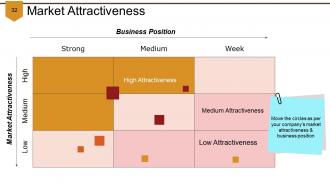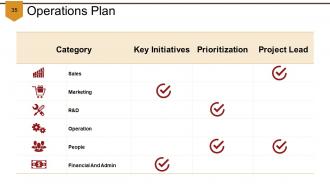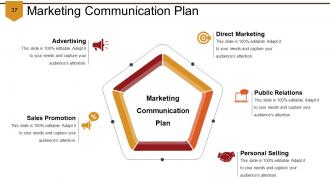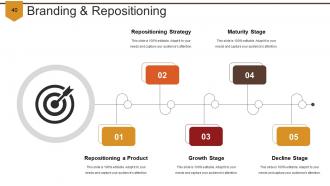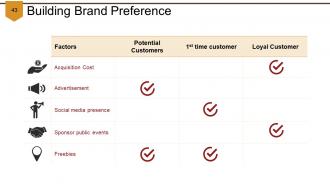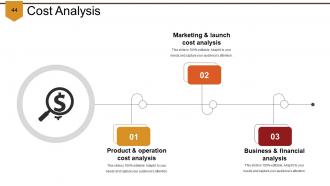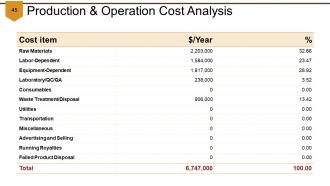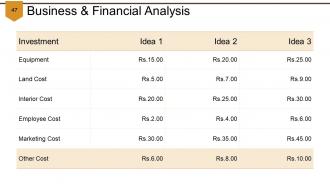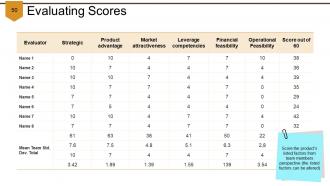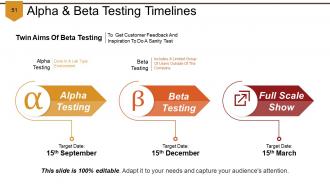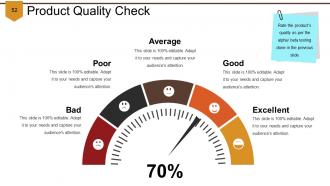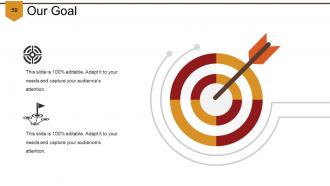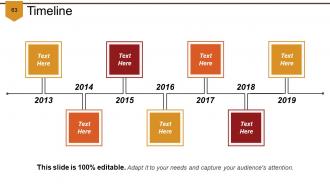Product Branding Repositioning And Cost Analysis Powerpoint Presentation Slides
Download Product Branding Repositioning And Cost Analysis PowerPoint Slides to follow a structured process to develop a new product. Brainstorm ideas, conduct SWOT analysis, follow current market trends and more using Product Branding Repositioning And Cost Analysis PPT presentation. This content-ready product development presentation explains the important of NPD and steps involved in the process. Conduct idea screening, provide detailed overview, understand the customer needs, create a product roadmap, and more with the help of this professionally designed PPT. This deck comprises of every aspect related to the topics and has designs on category analysis, product life cycle, product roadmap, BCG matrix, Ansoff matrix, and the list goes on. It has all those templates that you need to carry out this process. You can also analyse market trends to understand your competitors. Not just this, create a marketing and budgeting plan to brand your product in the market using professionally designed marketing and budgeting PPT templates. Download this ready-to-use product branding repositioning and cost analysis presentation PPT to brand yourself and attract consumers in the market. Beat them hands down with our Product Branding Repositioning And Cost Analysis Powerpoint Presentation Slides. The competition will fall far behind.
- Google Slides is a new FREE Presentation software from Google.
- All our content is 100% compatible with Google Slides.
- Just download our designs, and upload them to Google Slides and they will work automatically.
- Amaze your audience with SlideTeam and Google Slides.
-
Want Changes to This PPT Slide? Check out our Presentation Design Services
- WideScreen Aspect ratio is becoming a very popular format. When you download this product, the downloaded ZIP will contain this product in both standard and widescreen format.
-

- Some older products that we have may only be in standard format, but they can easily be converted to widescreen.
- To do this, please open the SlideTeam product in Powerpoint, and go to
- Design ( On the top bar) -> Page Setup -> and select "On-screen Show (16:9)” in the drop down for "Slides Sized for".
- The slide or theme will change to widescreen, and all graphics will adjust automatically. You can similarly convert our content to any other desired screen aspect ratio.
Compatible With Google Slides

Get This In WideScreen
You must be logged in to download this presentation.
PowerPoint presentation slides
Presenting product branding repositioning and cost analysis presentation slides. This deck comprises of total of 68 slides. It covers all the important aspects of the topic. This complete presentation comprises of amazing visuals, icons, graphs, and templates. Our designers have crafted this presentation with a thorough research. These slides are easily editable. You can add or delete the content as per your need. Compatible with all screen types and monitors. Supports Google Slides. Premium Customer Support available. You can get access to this readymade professionally designed product branding repositioning and cost analysis presentation with just one click. Download it now.
People who downloaded this PowerPoint presentation also viewed the following :
Content of this Powerpoint Presentation
Slide 1: This slide introduces Product Branding, Repositioning, and Cost Analysis. State Your company name and begin.
Slide 2: This slide showcase Agenda. You can state your agenda and get started.
Slide 3: This slide showcases Outline with these points- Product Idea Screening, New Product Analysis, Tools & Techniques, Market Analysis, Development Plans, Branding & Repositioning, Cost Analysis, Product Feasibility & Review, Product Lifecycle.
Slide 4: This slide presents Product Idea Screening with these important factors- New Product Detailed Overview, External Sources of Ideas, New Product Introduction, Understanding Customer Needs, Internal Sources of Ideas, Product Roadmap.
Slide 5: This slide shows New Product Introduction. Now is the best time to explain your product idea in an effective manner so that the audience gets immersed in it right from the beginning
Slide 6: This slide covers New Product Detailed Overview.This step is crucial to ensure that unsuitable ideas are rejected as soon as possible as Ideas need to be considered objectively
Slide 7: This slide showcases Understanding Customer Needs with these components- Understand your customer, What they do, When they buy, How they buy, What they expect of you.
Slide 8: This slide shows External Source of New Product Ideas with these main features- Long Range Studies, Market Gap Analysis, Consumer Activity Analysis, Learning From, Competitors, Market Research. Some possible sources of data has been listed out to give you a fair idea, and it can be altered as per your requirement.
Slide 9: This slide showcases Internal Sources of New Product Ideas showing these factors- Research and Engineering, Management, Sales Force, Innovation Group Meetings, Employee Suggestions, Stockholders.
Slide 10: This slide presents Product Roadmap with these main features to consider- Product Launch, Bootstrap Upgrade, Tech Support Portal, Data Logging Module, Chrome Support, Public API.
Slide 11: This slide presents Product Roadmap with these important parameters- Product Launch, Bootstrap Upgrade, Chrome Support, Tech Support Portal, Data Logging Module, Public API.
Slide 12: This slide showcases New Product Analysis with these important characteristics- Category Analysis, Porter’s Five Forces Analysis, Detailed Analysis, Category Analysis - Example Slide.
Slide 13: This slide showcases Detailed Analysis with this four parameters- Weaknesses, Features, Benefits, Strengths.
Slide 14: This slide shows Category Analysis with these important criterion to consider- Consumption Drivers, Positioning Claims/trends, Price, Packing format types and materials, Once the concept has been tested and finalized, a business case needs to be put together to assess whether the new product/service will be profitable
Slide 15: This slide displays an Category Analysis – Example Slide with these six characteristics- Positioning claims/trends Price Consumption drivers Packaging Promotion
Slide 16: This slide presents Porter’s Five Forces Model which further shows Intensity of Rivalry Substitutes, Bargaining Power of Buyer, Barriers to Entry, Bargaining Power of suppliers, Its a framework for analyzing the level of competition within an industry and business strategy development to derive five forces that determine the competitive intensity and therefore the attractiveness of an industry
Slide 17: This slide showcases Product Life Cycle. This slide further includes intensity of rivalry such as- Maturity Stage, Repositioning a Product, Growth Stage, Decline Stage.
Slide 18: This slide covers Product Life Cycle Stages which are as follows- Introduction, Growth, Decline, Maturity.
Slide 19: This slide shows Introduction Stage Sales, Profits, Competition, Targets, Cost, This stage of the cycle could be the most expensive for a company launching a new product in which these 5 factors play a key role
Slide 20: This slide displays Growth Stage with these steps showing various characteristics- Promotions, Pricing, Distribution Channels, Product Quality, The growth stage is typically characterized by a strong growth in sales and profits, and because the company can start to benefit from economies of scale in production, profit margins will increase
Slide 21: This slide showcases Maturity Stage and also includes different Characteristics Product (Diversify Brand & Models), Distribution (Build More Intensive Distribution), Advertising (Stress Brand Differences & Benefits), Price (Price To Match Or Best Competitors), Sales (Peak Sales), Costs (Low Cost Per Customer), Profits (High Profits), Marketing Objectives (Maximize Profit While Defending Market Share), Enhance product features to make it more appealing than competitors Reduce prices due to stiff competition.
Slide 22: This slide shows Decline stage with the characteristics and those are- Marketing Objectives (Reduce Expenditure & Milk The Brand), Advertising (Reduce Only To Loyal Customers), Distribution (Phase Out Unprofitable Outlets), Profits (Declining Profits), Price (Cut Price), Costs (Low Cost Per Customer), Product (Phase Out Weak Items), Sales (Declining Sales).
Slide 23: This slide showcases Tools & Techniques with five main steps- Ansoff Matrix, Kano Model, BCG Matrix, Empathy Map.
Slide 24: This slide showcases BCG Matrix showing these factors- LOW, HIGH, LOW, HIGH, Market Share, Market Growth.
Slide 25: This slide shows Ansoff Matrix. Use the matrix to help you consider your strategic options and determine the necessity for new product development. For example, your market analysis may conclude that there is plenty of opportunity for selling your current range of products to your current range of customers by penetrating the market with promotional strategies, such as multi-buy offers, to build loyalty.
Slide 26: This slide presents Empathy Map. First, brainstorm to come up with all the possible customer segments to whom you might want to sell your product. Choose the customer that you think is most likely to buy your product. Give them a name and some demographic characteristics, such as marital status, income, children and so on. Then, using the diagram answer the following six questions:
Slide 27: This slide showcases Kano Map. The model is divided into three distinct categories:1. Must be (basic) attributes. These are taken for granted attributes that the product must have and if they are unfulfilled consumers may be dissatisfied 2. One dimensional (performance) attributes. These result in customer satisfaction when fulfilled and dissatisfaction when not fulfilled. 3. Attractive (excitement) attributes. Their absence does not cause dissatisfaction but their presence can delight customers.
Slide 28: This slide presents Market Analysis with these five stages- Product Market Mapping, Market Attractiveness, Market Segmentation, Competitive Strategies.
Slide 29: This slide shows Market Segmentation with these five parameters- Behavioral, Geographic, Demographic, Psychographic.
Slide 30: This slide shows Product Market Mapping with these variations- Product Market Map, Market attractiveness, Competitive Strength.
Slide 31: This slide shows Competitive Strategies showing Competitive Advantage with competitive edge- Overall Low-cost Provider Strategy, Overall Low-cost Provider Strategy, Focused Differentiation Strategy, Focused Low Cost Strategy.
Slide 32: This slide shows Market Attractiveness and also compare on these basis- Business Position, Market Attractiveness.
Slide 33: This slide shows Development Plans with six stages fo it are- Operations Plan, Marketing Communication Plan, Manufacturing Plan, Marketing Launch Plan, Digital Marketing Plan, Budgeting Plan.
Slide 34: This slide showcases Manufacturing Plan. You can use it as per requirement.
Slide 35: This slide presents Operations Plan. With these categories you can tick mark the categories.
Slide 36: This slide shows Marketing Launch Plan with these eight parameters- Use Advertising, Build Demand, Create Email Contests, Attend Tradeshows, Create Press Release, Update The Website, Use Twitter, Garner Endorsements.
Slide 37: This slide showcases Marketing Communication Plan with these five factors- Marketing Communication Plan, Direct Marketing, Public Relations, Personal Selling, Advertising, Sales Promotion.
Slide 38: This slide presents Digital Marketing Plan. You can use it as per your business needs.
Slide 39: This slide showcase Budgeting Template. Add your requirement according to the business needs.
Slide 40: This slide displays Branding & Repositioning with these various consideration- Repositioning Strategy, Repositioning a Product, Maturity Stage, Growth Stage, Decline Stage.
Slide 41: This slide shows Repositioning A Product. You can analyse your data with these two parameters- Among Existing Customers, To new Consumers.
Slide 42: This slide showing Repositioning Strategy with these criterion- Image Repositioning, Product Repositioning, Intangible Repositioning, Tangible Repositioning, Target Market.
Slide 43: This slide showcases Building Brand Preference with different factors that influences.
Slide 44: This slide covers Cost Analysis and three of its stages- Marketing & launch cost analysis, Product & operation cost analysis, Business & financial analysis.
Slide 45: This slide showcases Production & Operation Cost Analysis table . You can use for your company or business requirements.
Slide 46: This slide presents Marketing & Launch Cost Analysis table. You can edit as per requirement.
Slide 47: This slide showcases Business & Financial Analysis table . Add the data or information and use it.
Slide 48: This slide showcases Product Feasibility & Review with different categories- Evaluating Scores, Product Quality Check, Feasibility Review, Alpha & Beta Testing Timelines, Launch Monitoring Dashboard.
Slide 49: This slide presents Project Analysis and also shows these considerations- Feasibility Review, Scheduling Requirement Feasibility, Legal Requirement Feasibility, Economic Feasibility, Operational Feasibility, Technical Feasibility.
Slide 50: This slide shows Evaluating Scores. Score the product’s listed factors from team members perspective (the listed factors can be altered).
Slide 51: This slide presents Alpha & Beta Testing Timelines. You can add your information and use it.
Slide 52: This slide showcases Product Quality Check showing these important parameters- Poor, Average, Good, Excellent, Bad, Rate the product’s quality as per the alpha/ beta testing done in the previous slide
Slide 53: This slide showcases Launch Monitoring Dashboard with three different dashboards. Use for your business requirement.
Slide 54: This slide is titled Additional slides.
Slide 55: This slide shows Icon For PBR.
Slide 56: This slide shows our mission with an imagery background. Use it to put the mission of your company.
Slide 57: This slide helps depict Our Team with text boxes.
Slide 58: This slide helps show- About Our Company. The sub headings include- Creative Design, Customer Care, Expand Company .
Slide 59: This slide shows Our Goals for your company.
Slide 60: This slide showcases about us . You can add about your company and take advantage.
Slide 61: State your Financial score in this slide with relevant imagery and text.
Slide 62: This is a Quotes slide to convey message, beliefs etc.
Slide 63: This is a Timelines slide to show- Plan, Budget, Schedule, Review.
Slide 64: This slide displays the title Charts & Graphs.
Slide 65: This slide showcases donut pie chart with which you can compare the product.
Slide 66: This slide shows Column Chart. You can use or edit as per your requirement.
Slide 67: This slide shows Combo Chart. You can use it for the product comparison.
Slide 68: This is a Thank You image slide with Address, Email and Contact number.
Product Branding Repositioning And Cost Analysis Powerpoint Presentation Slides with all 68 slides:
Our Product Branding Repositioning And Cost Analysis Powerpoint Presentation Slides excel from every conceivable angle. It has all the ingredients.
-
Awesome presentation, really professional and easy to edit.
-
Top Quality presentations that are easily editable.


